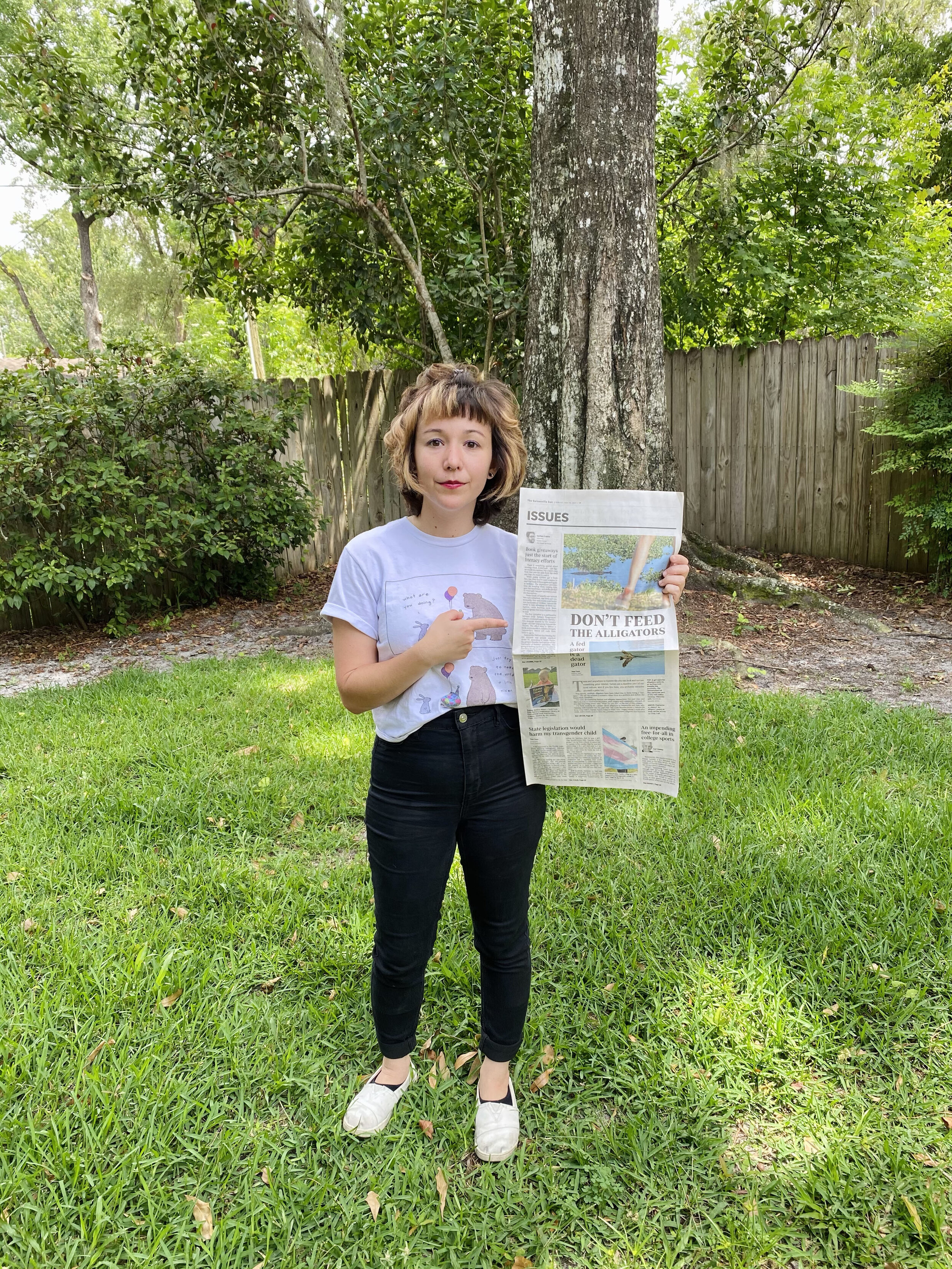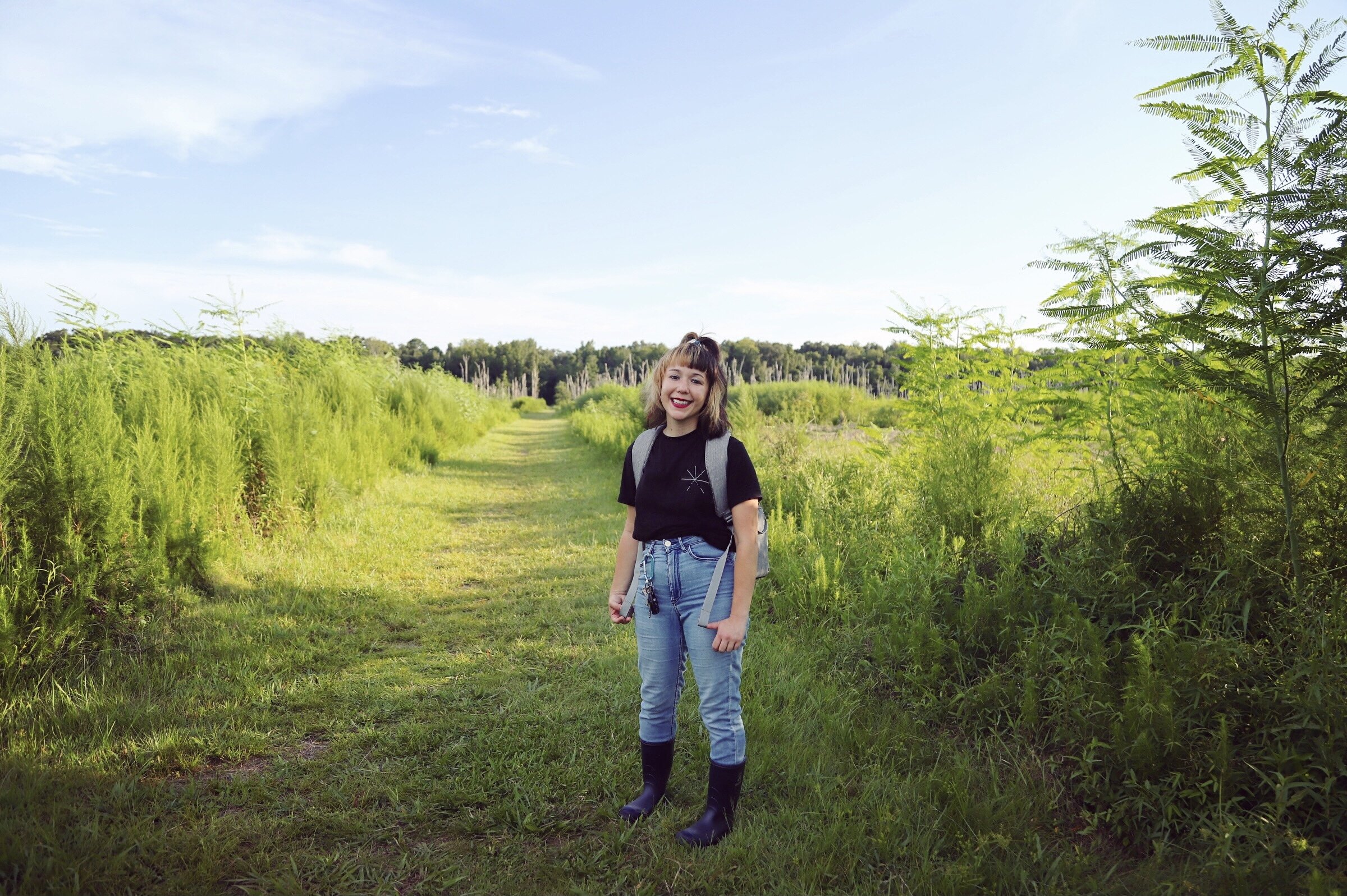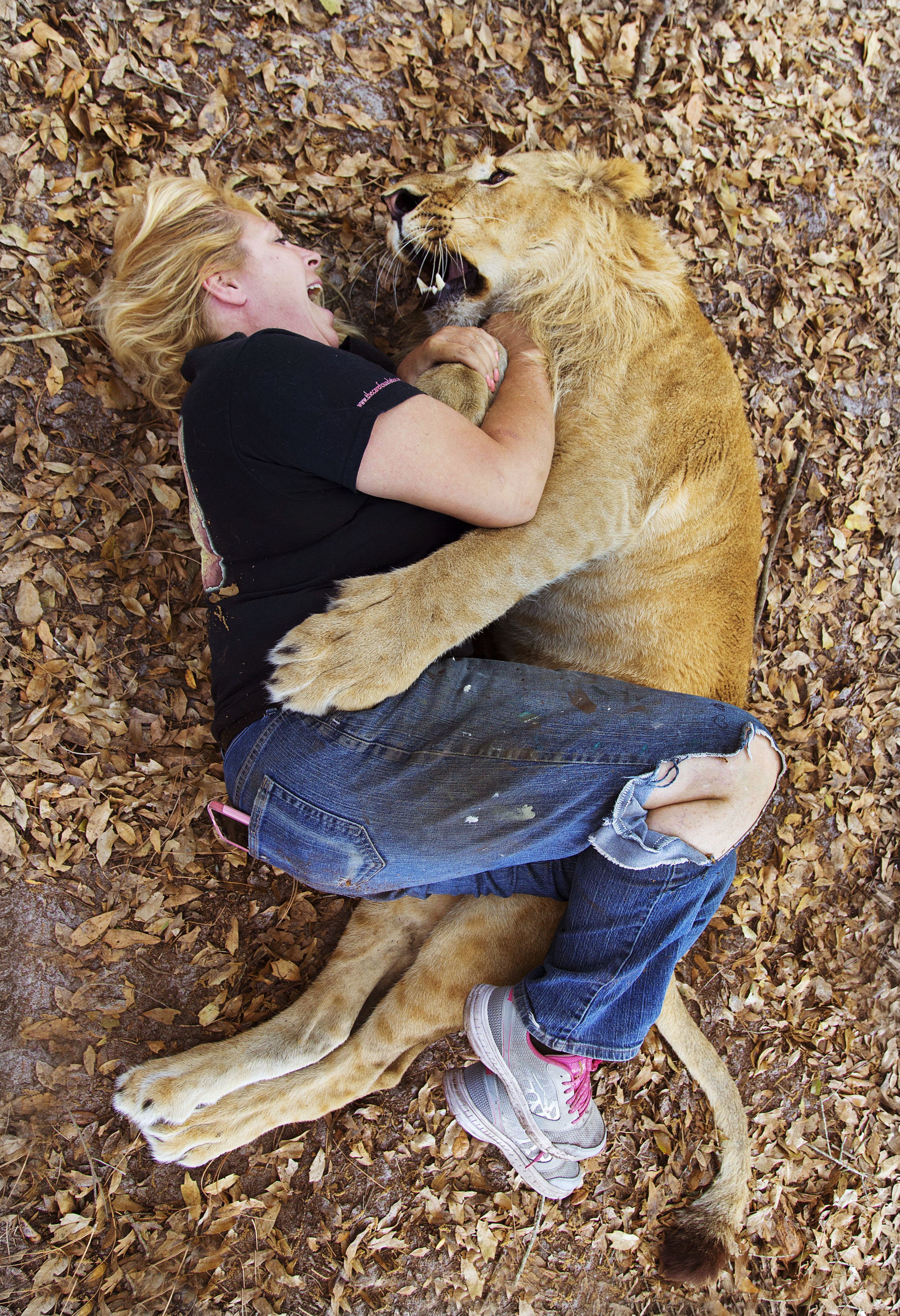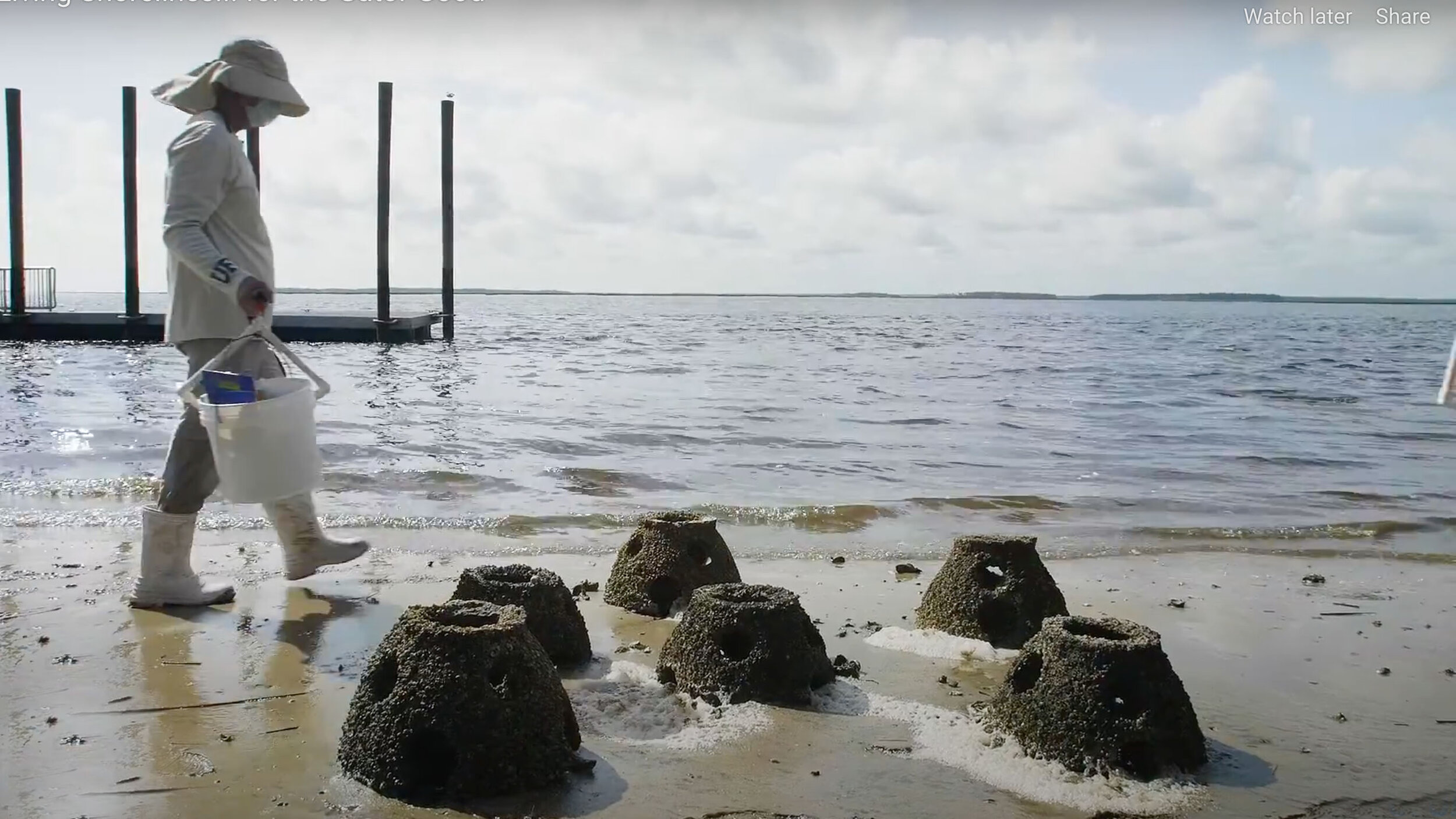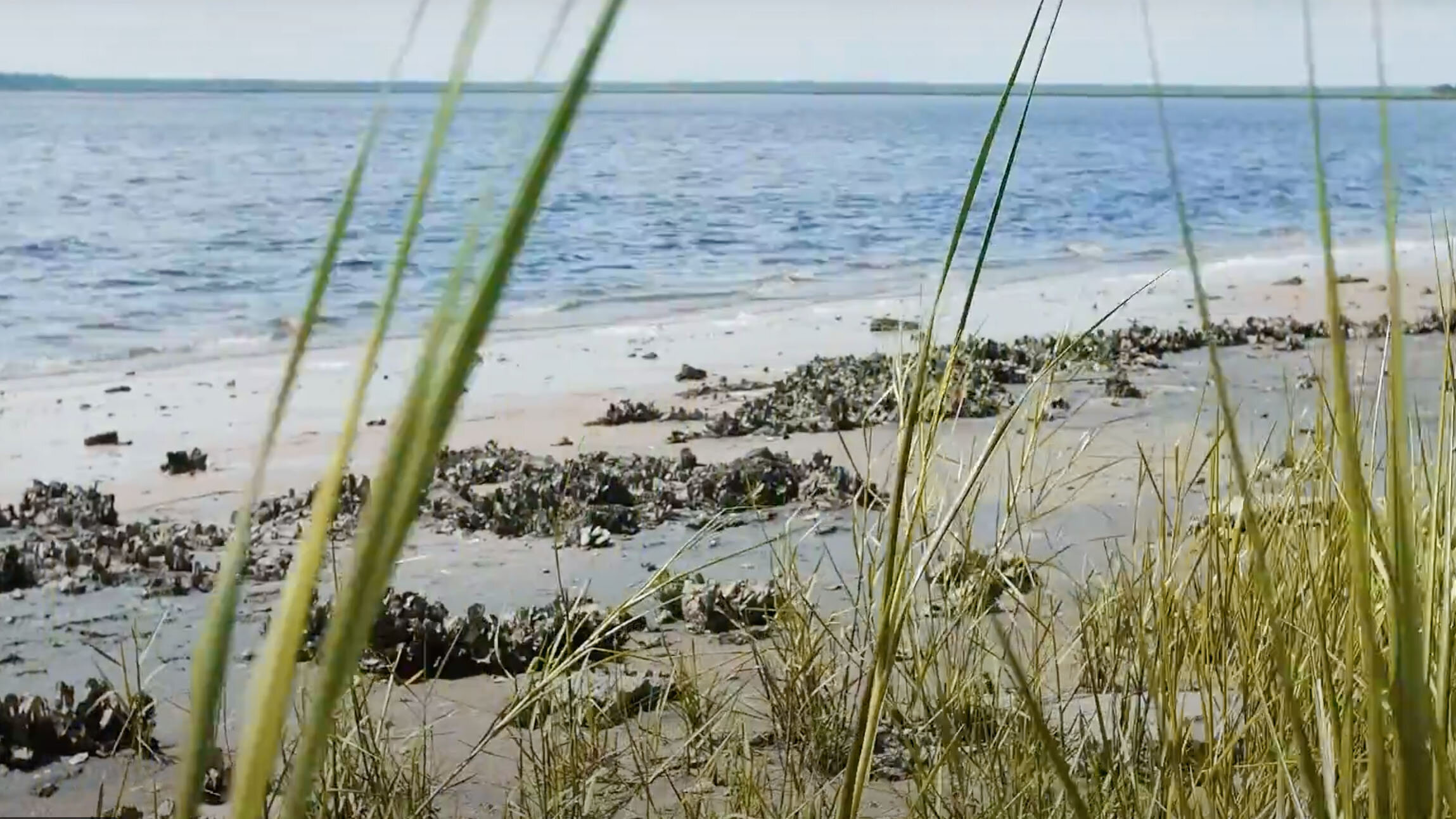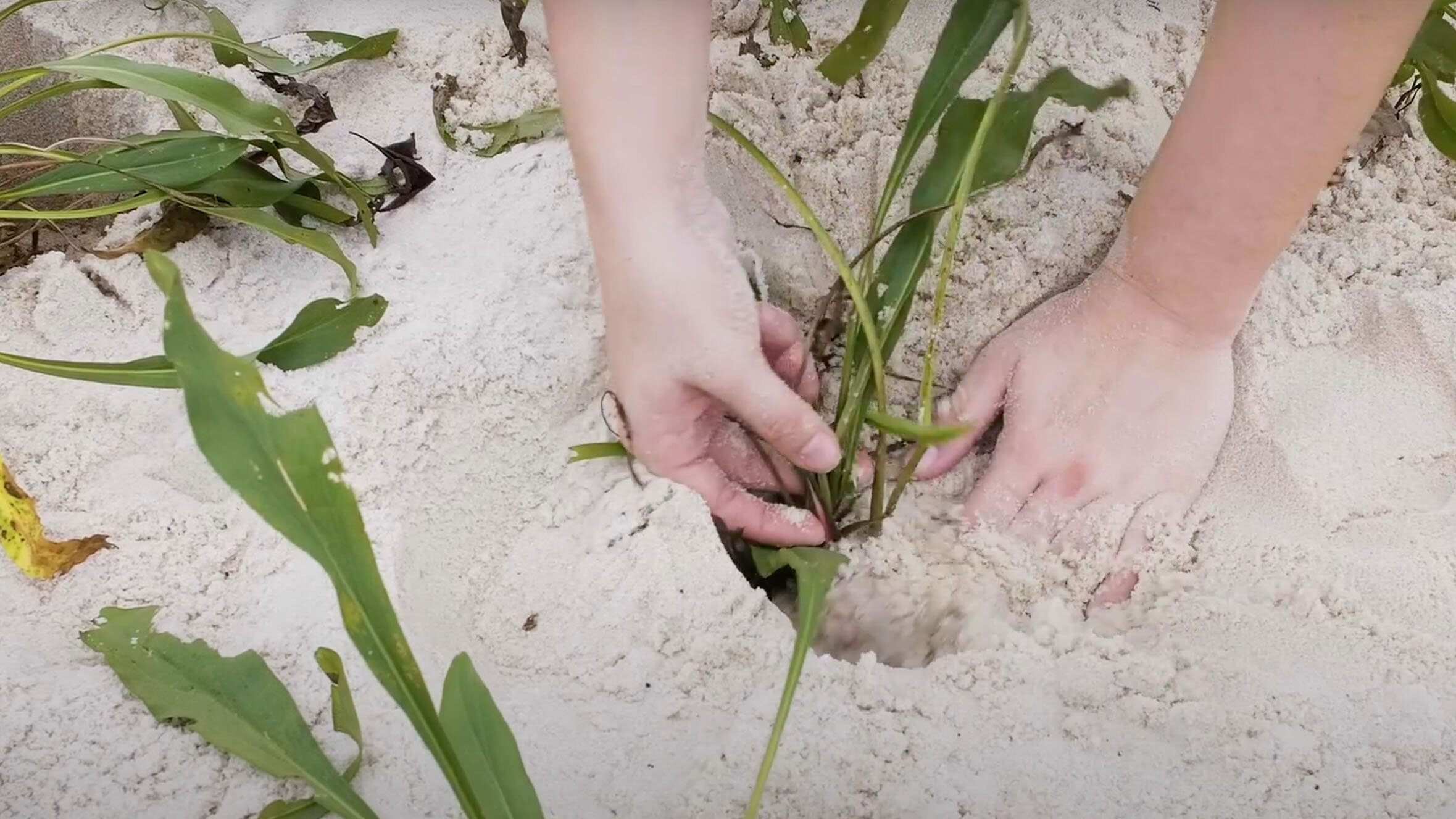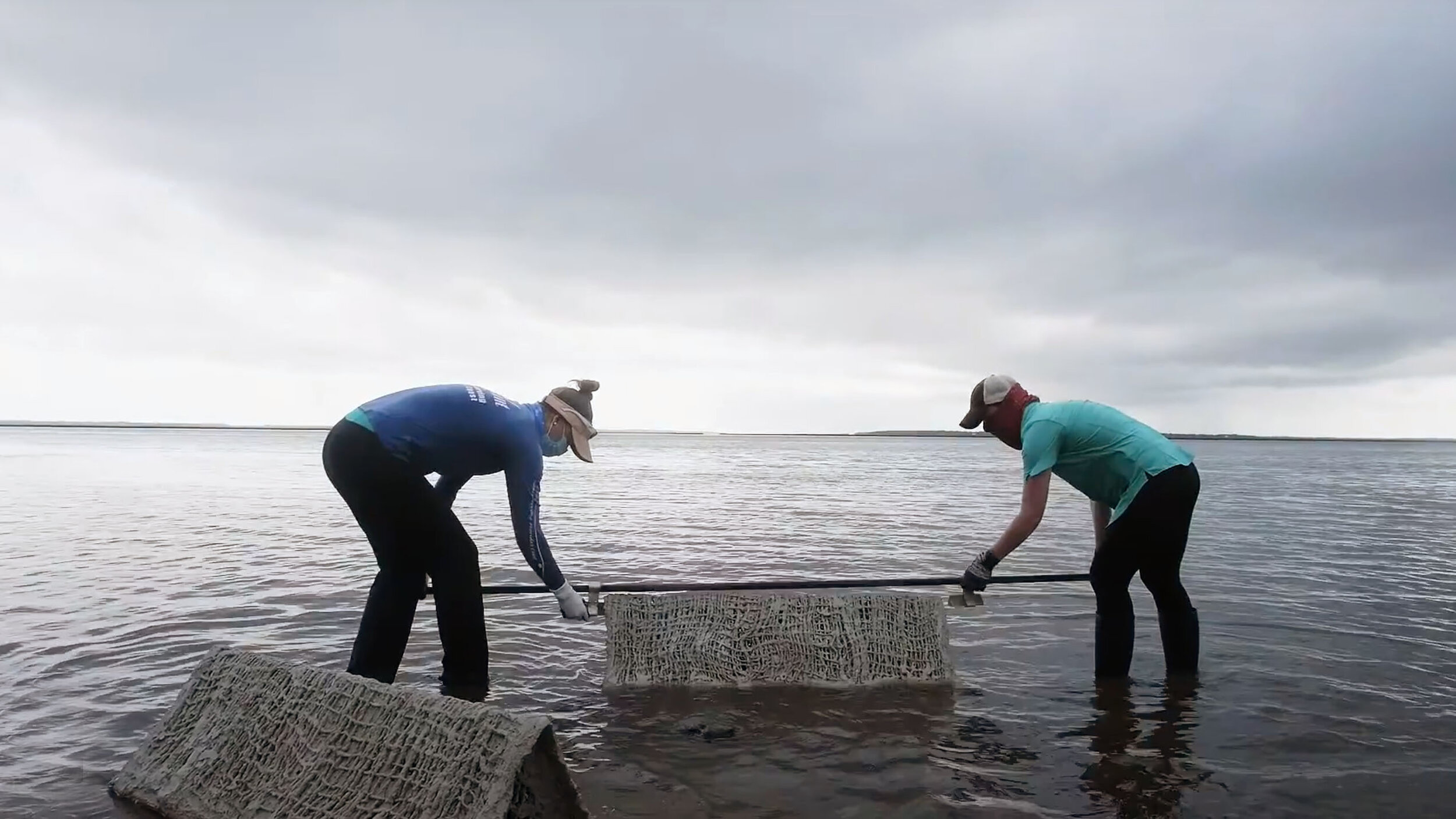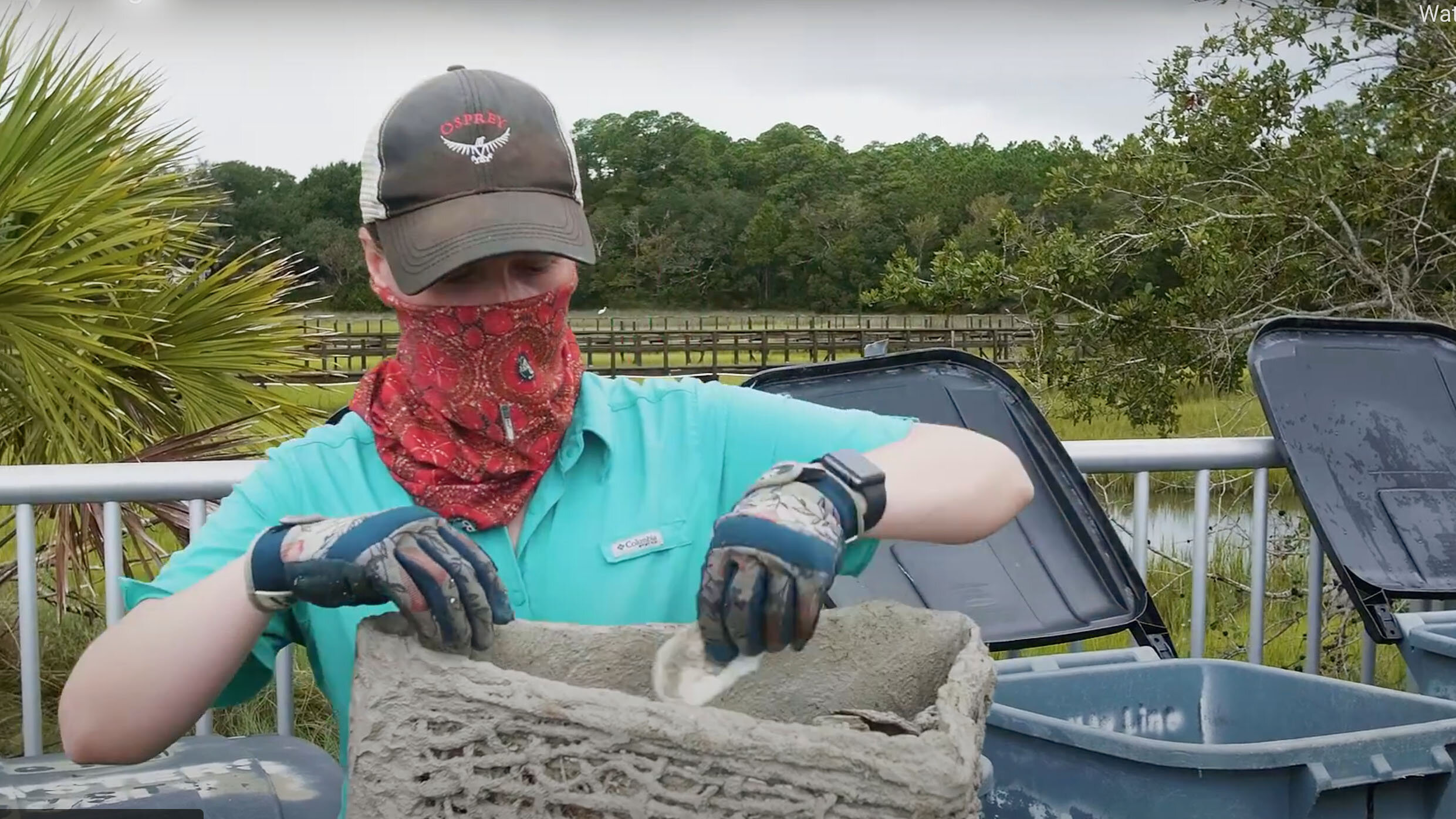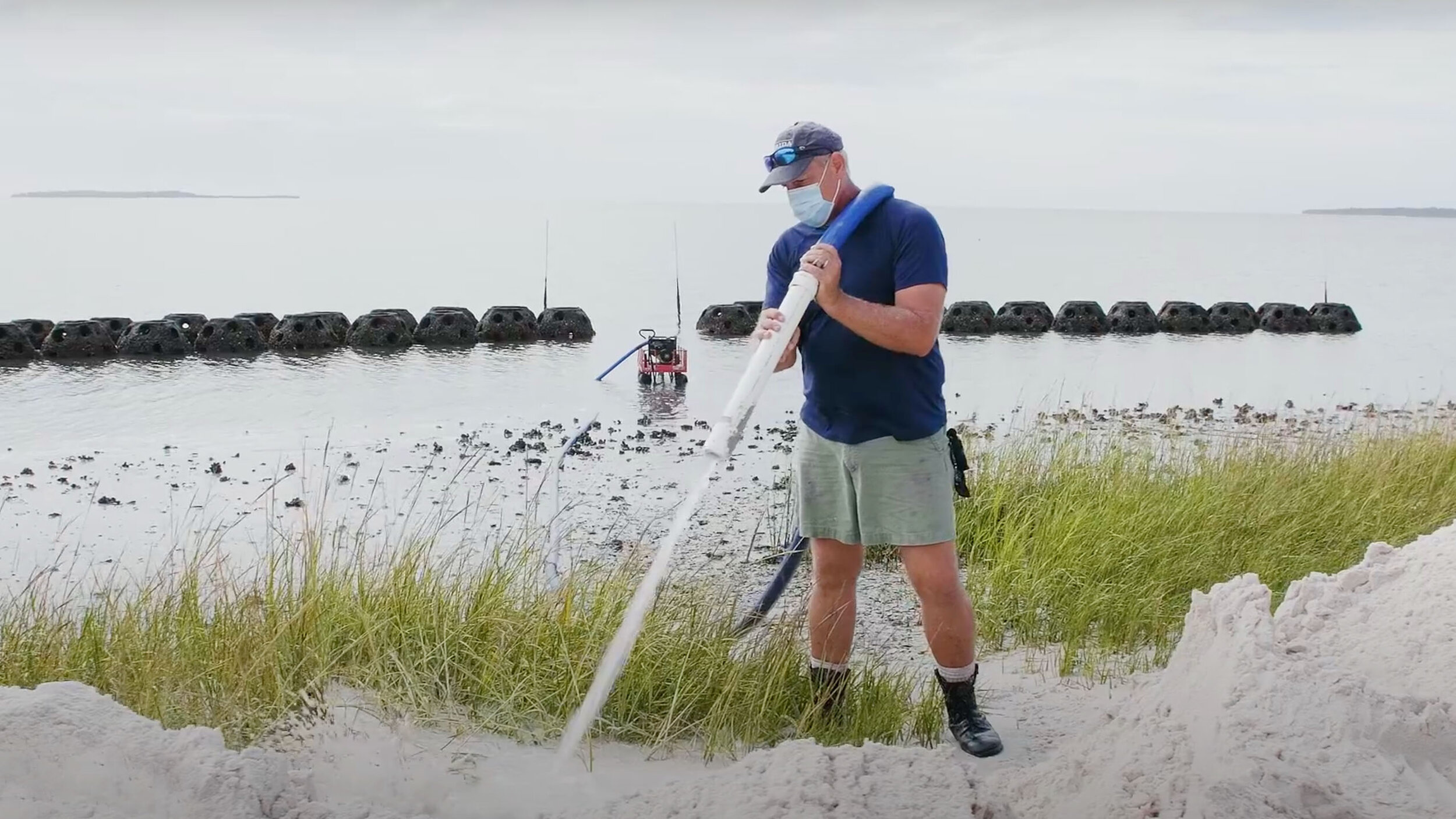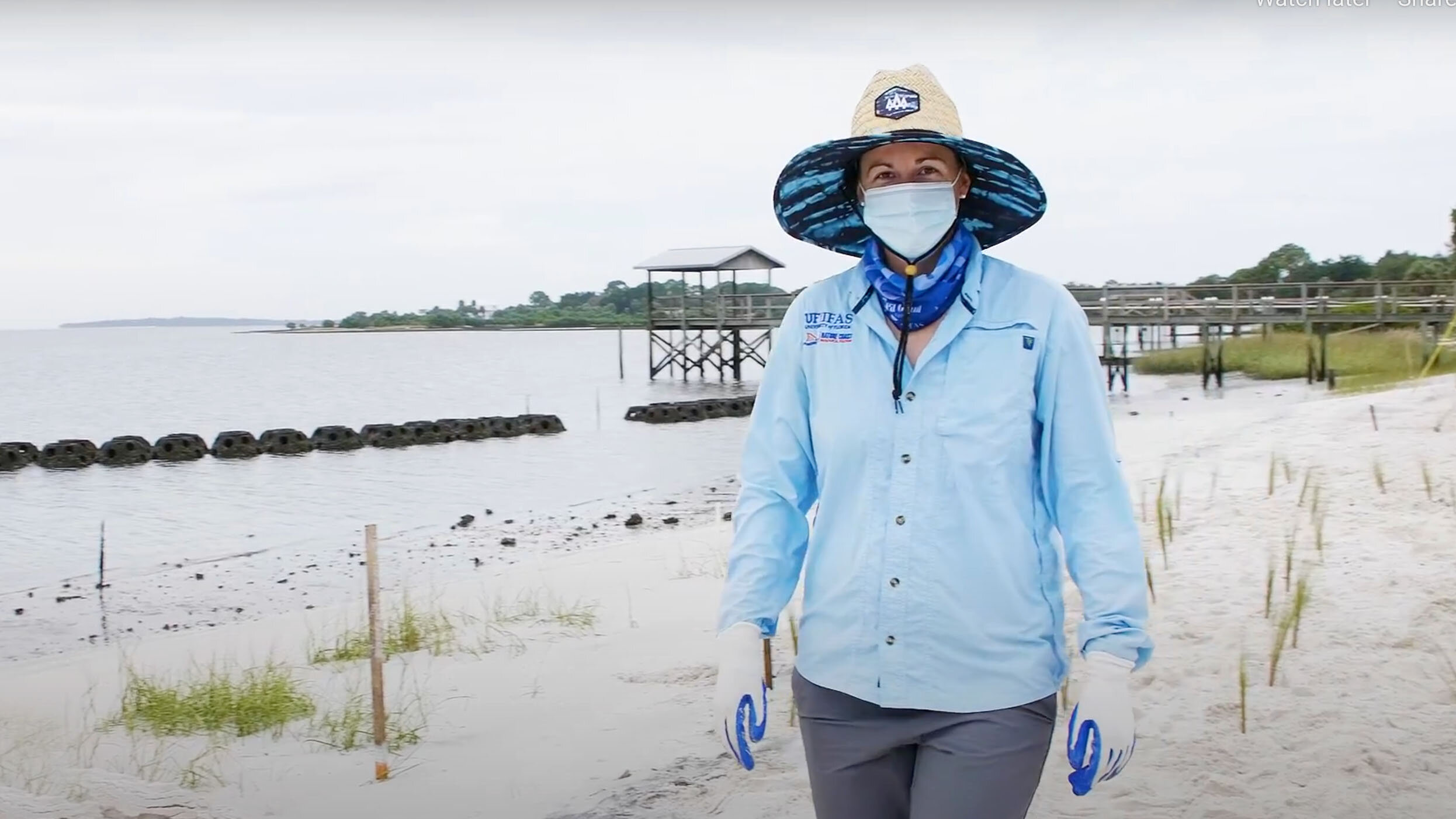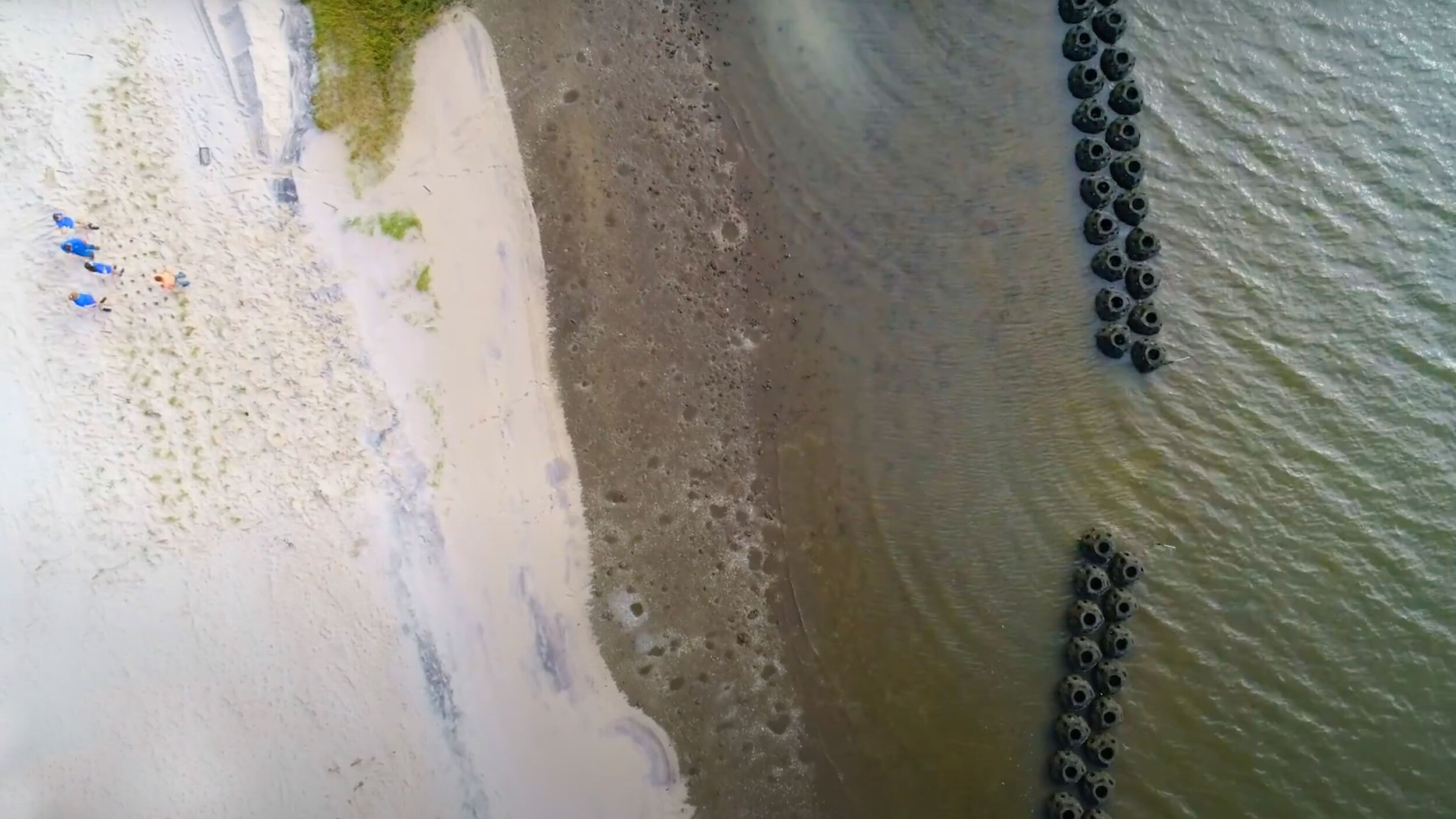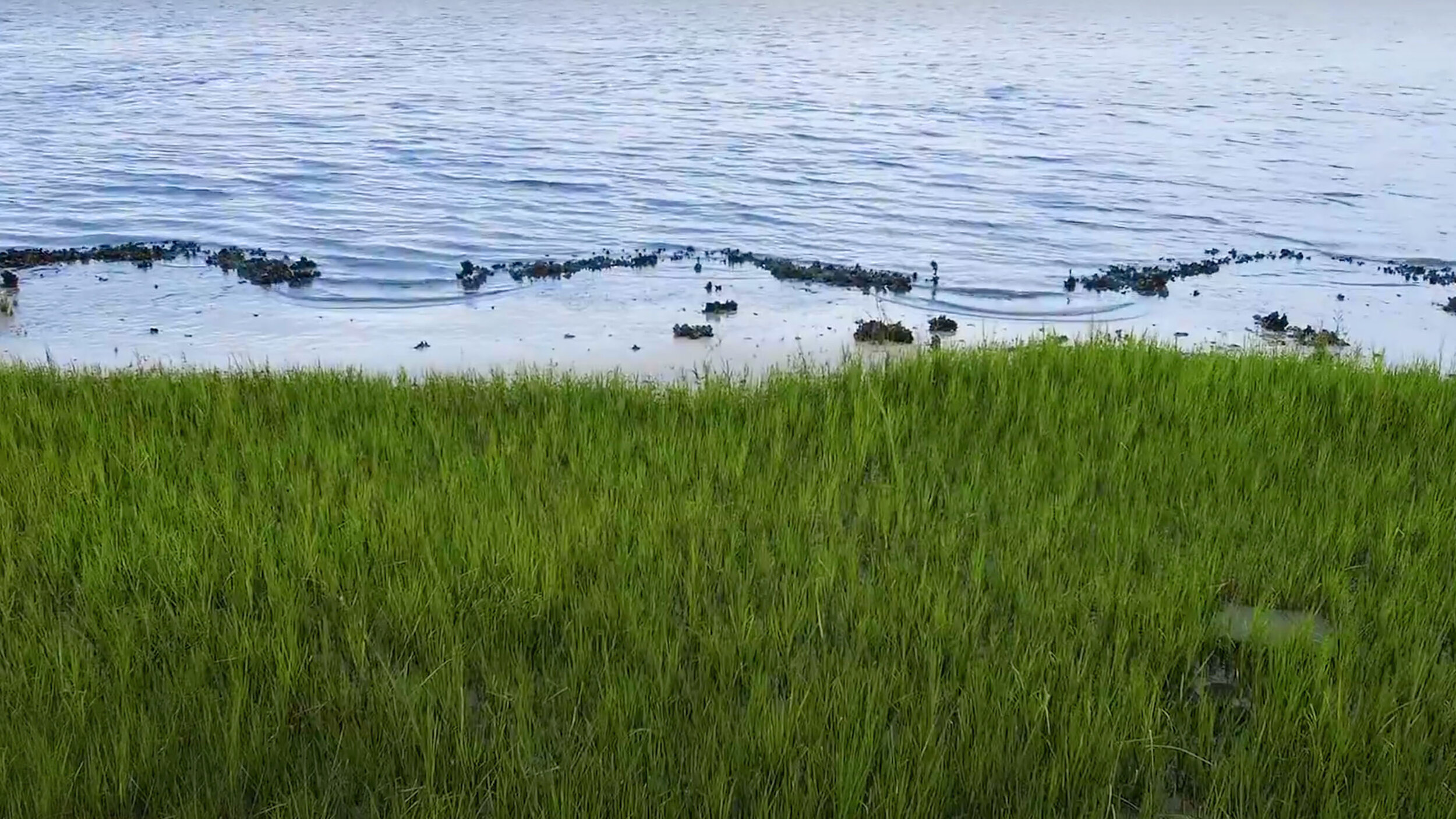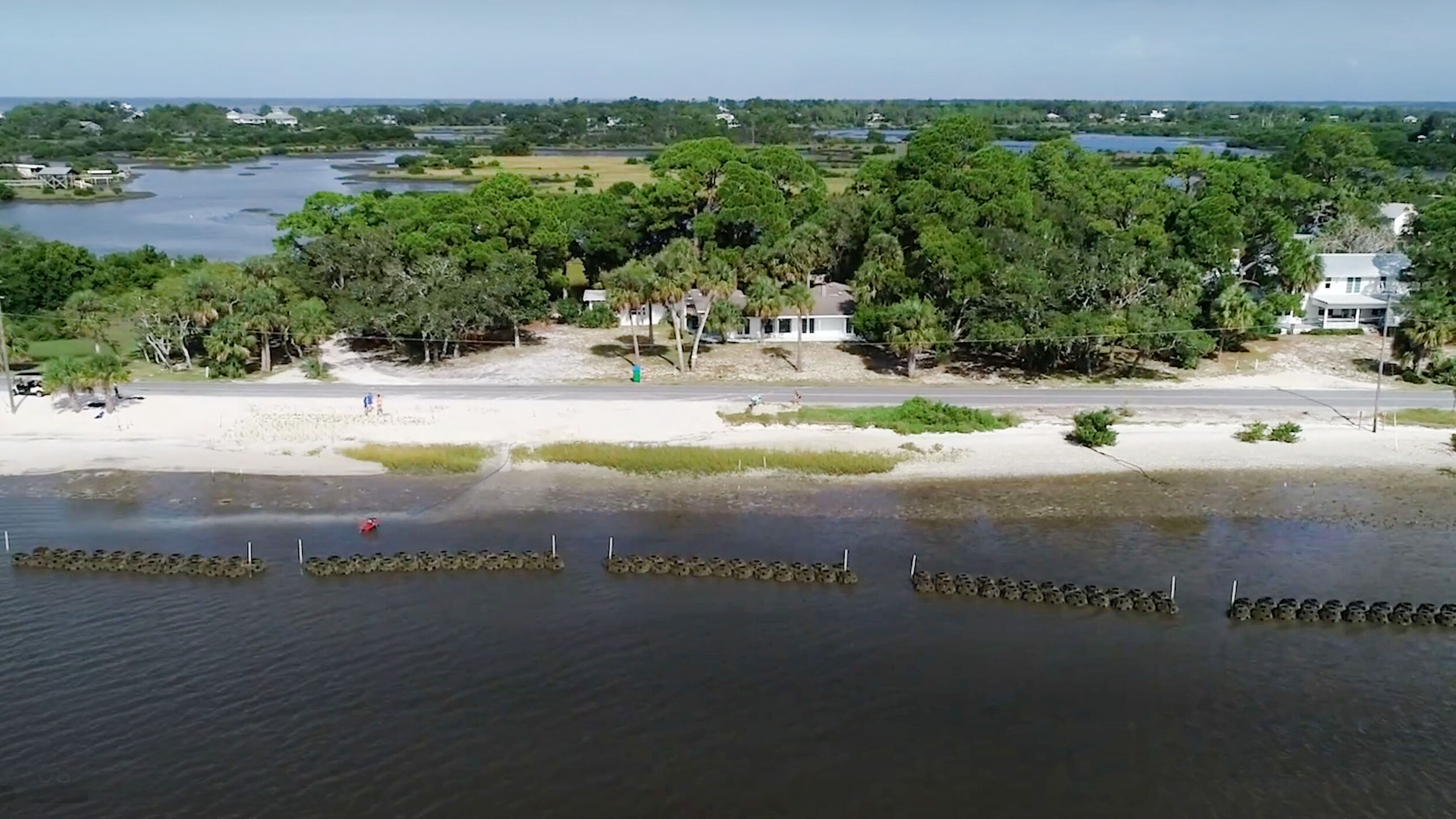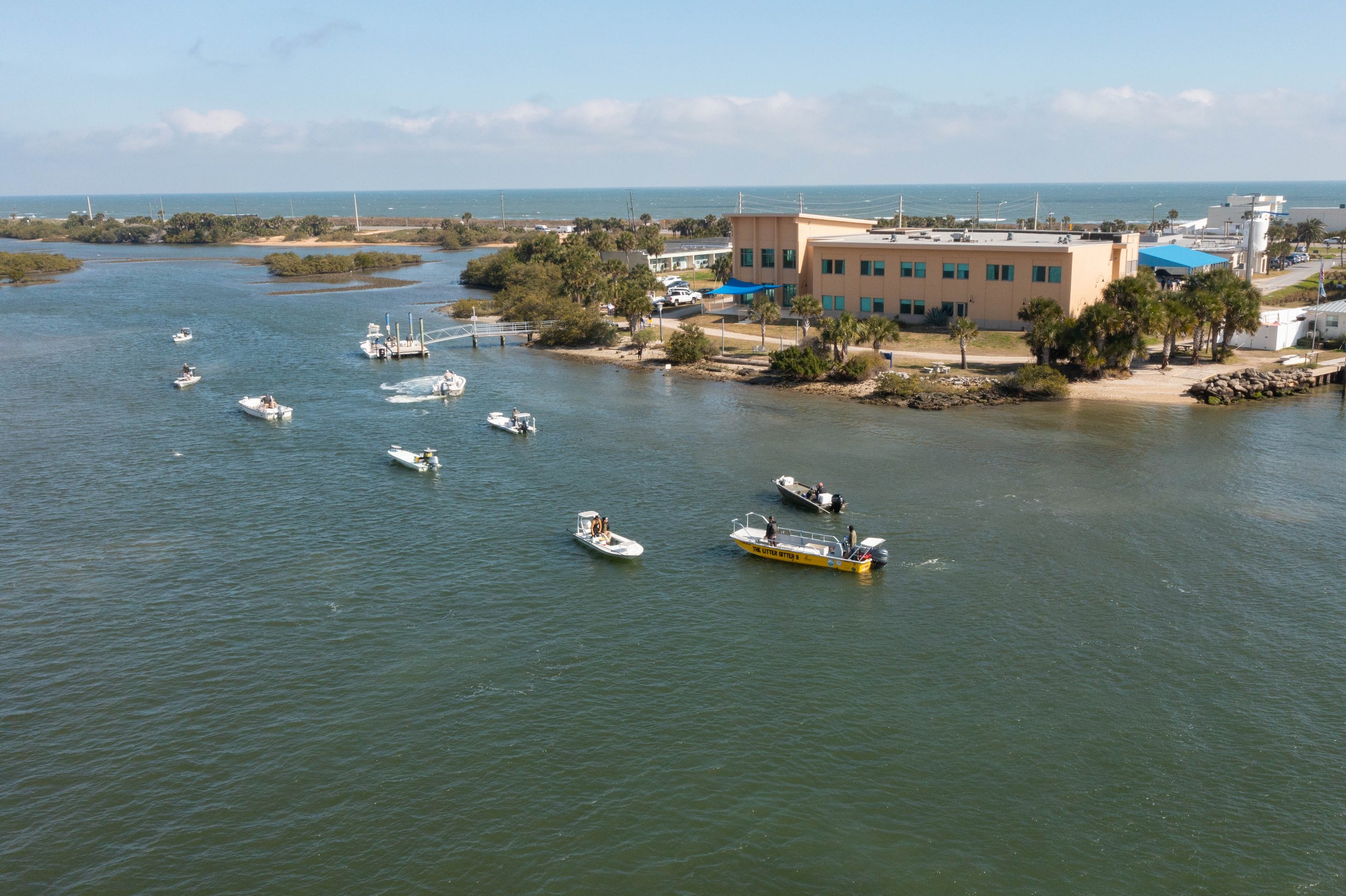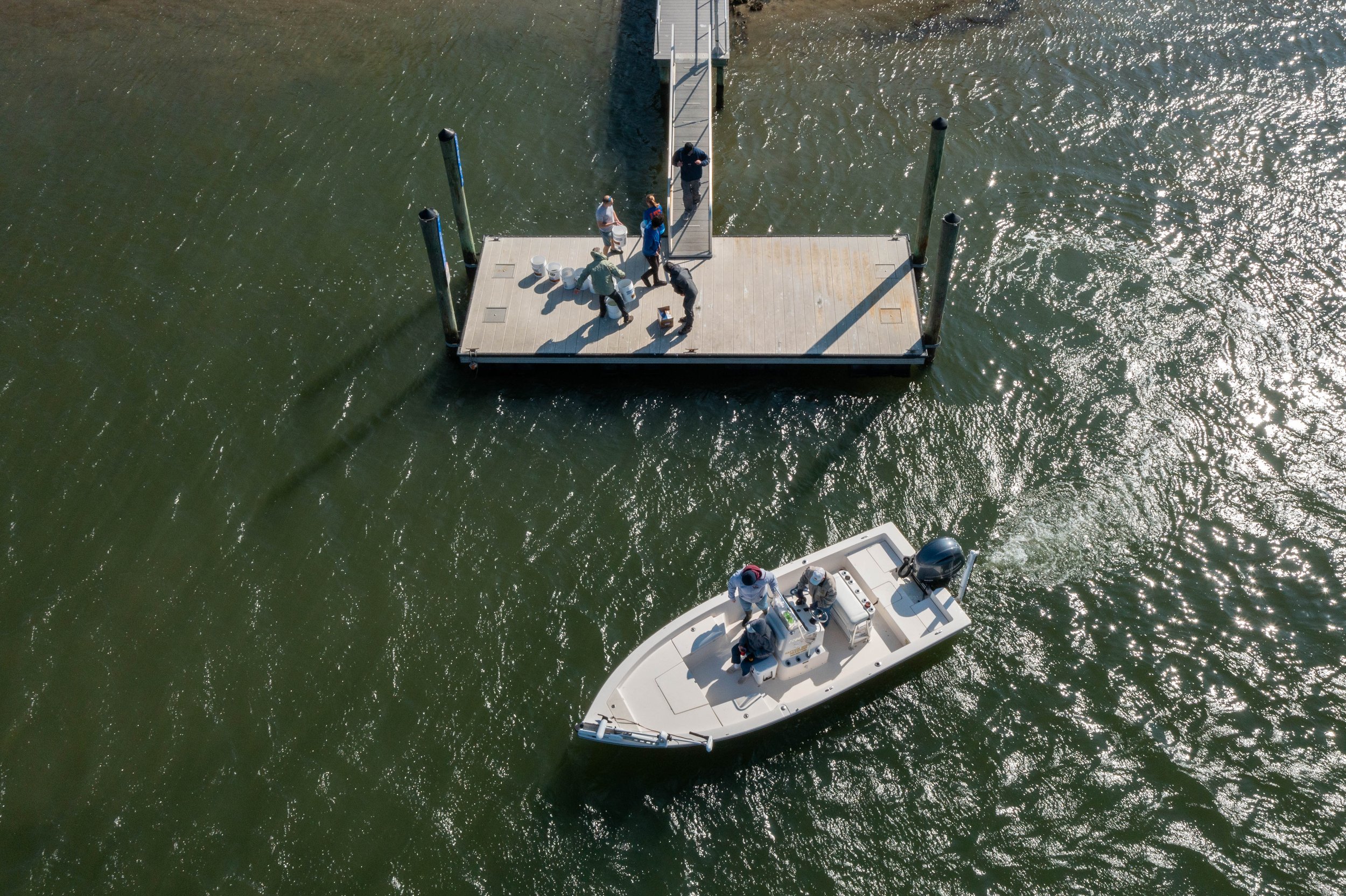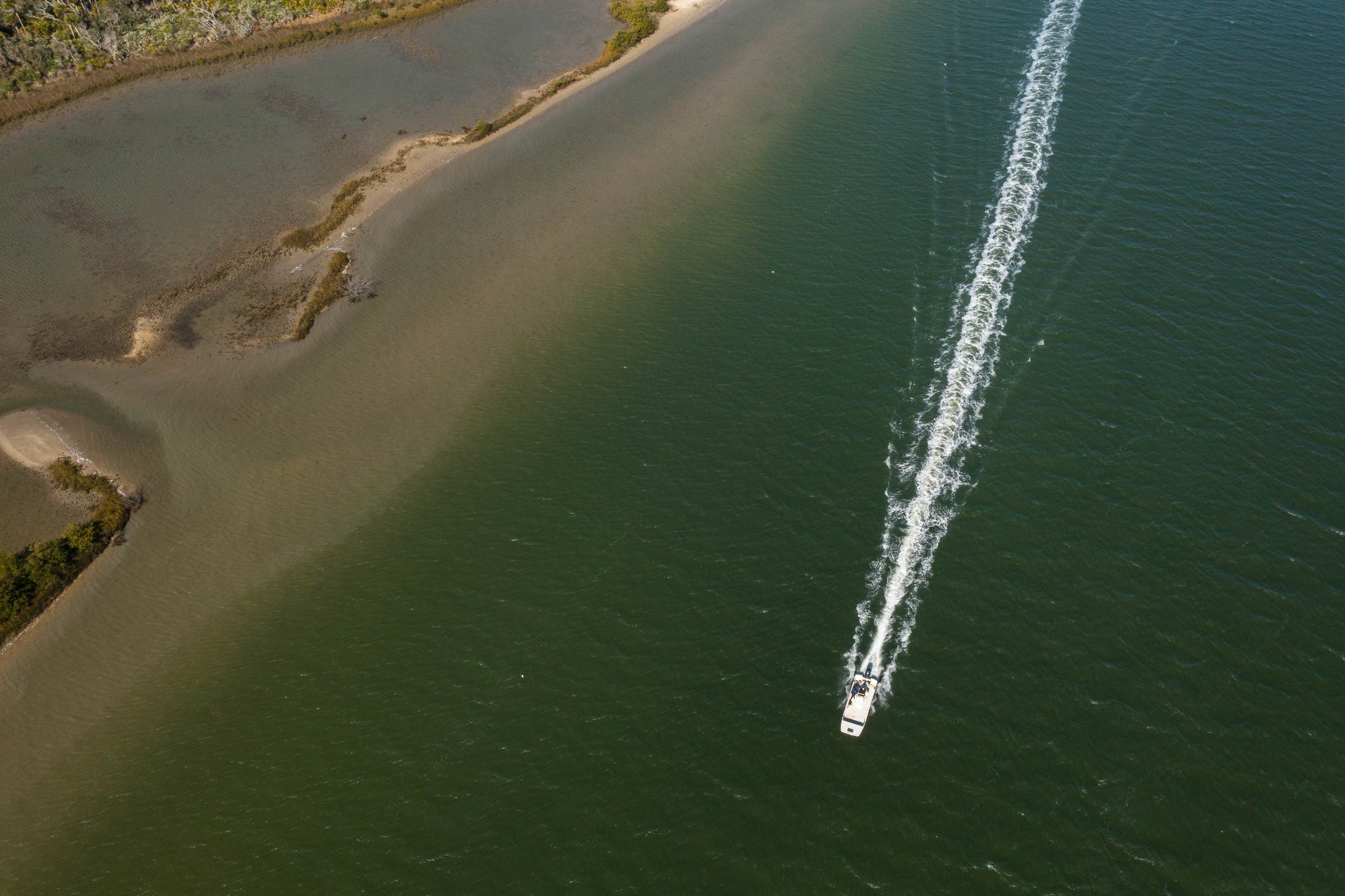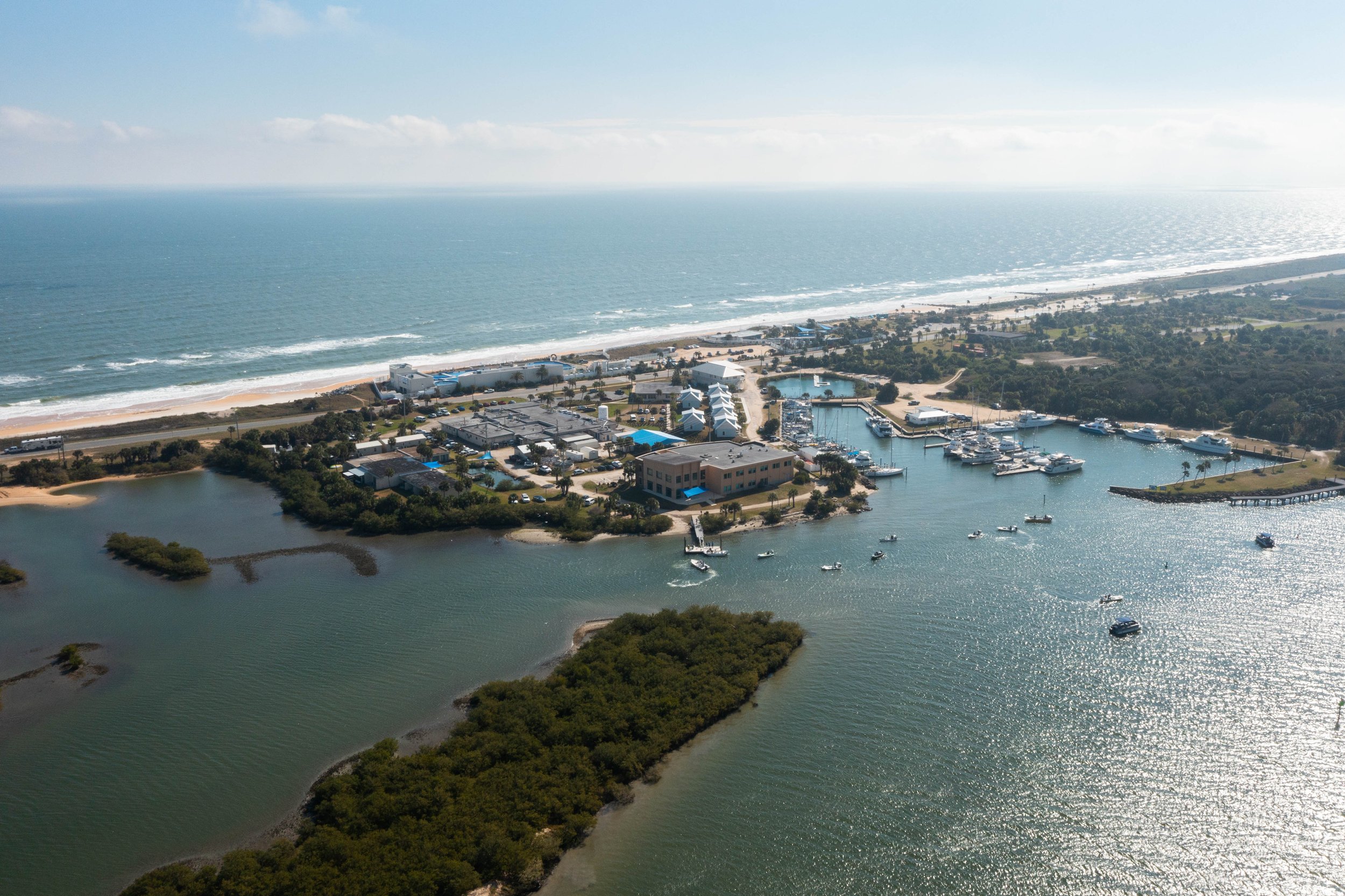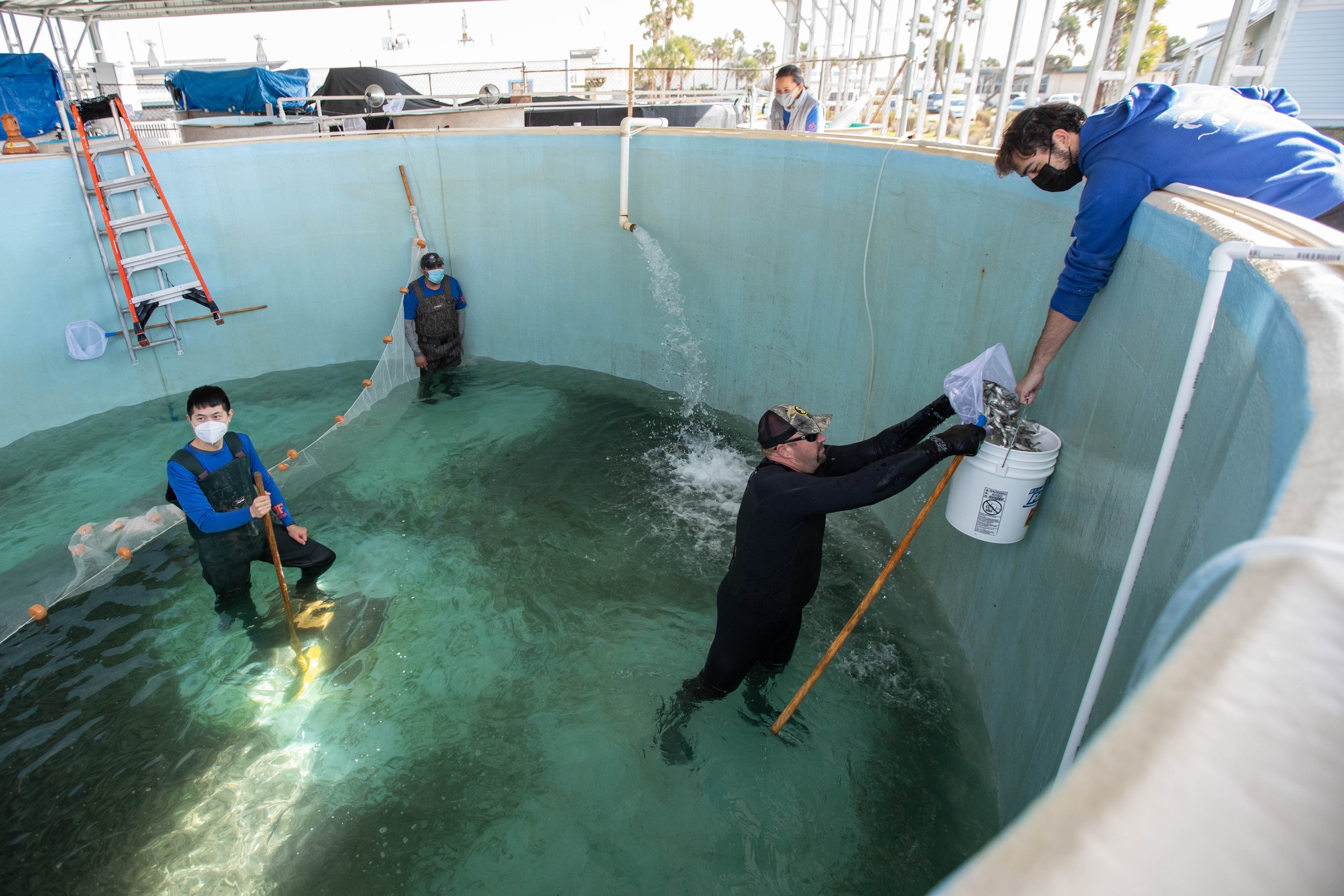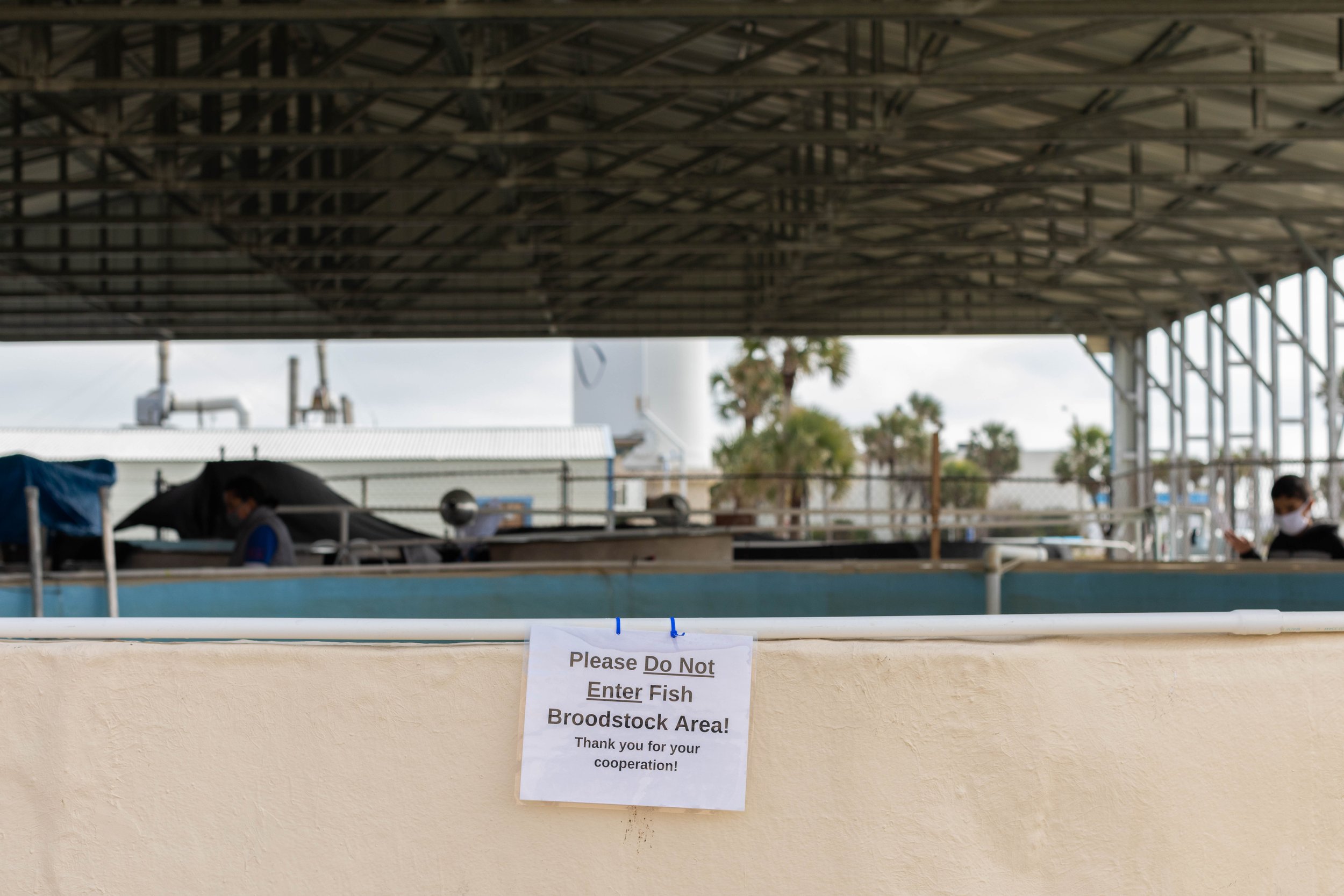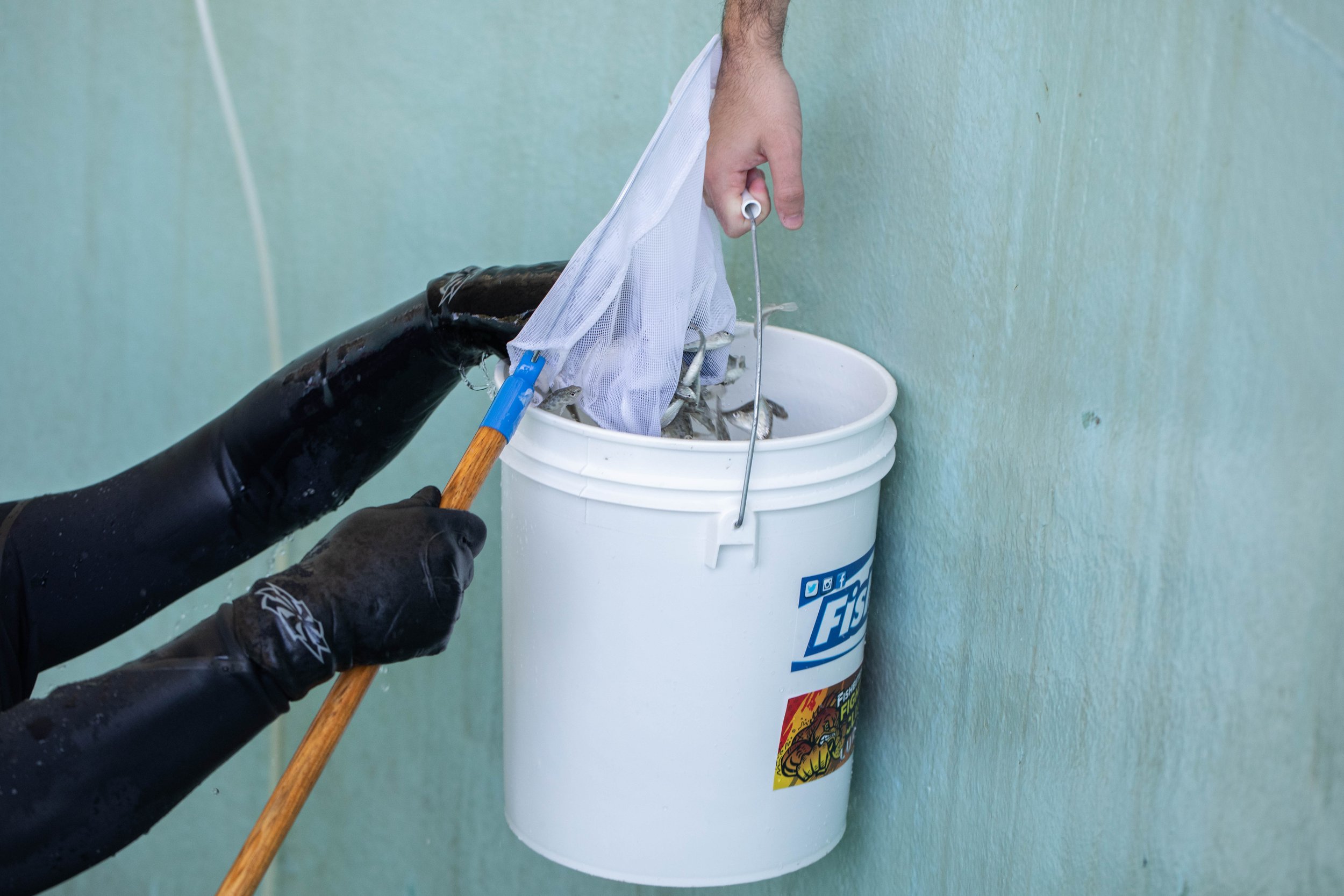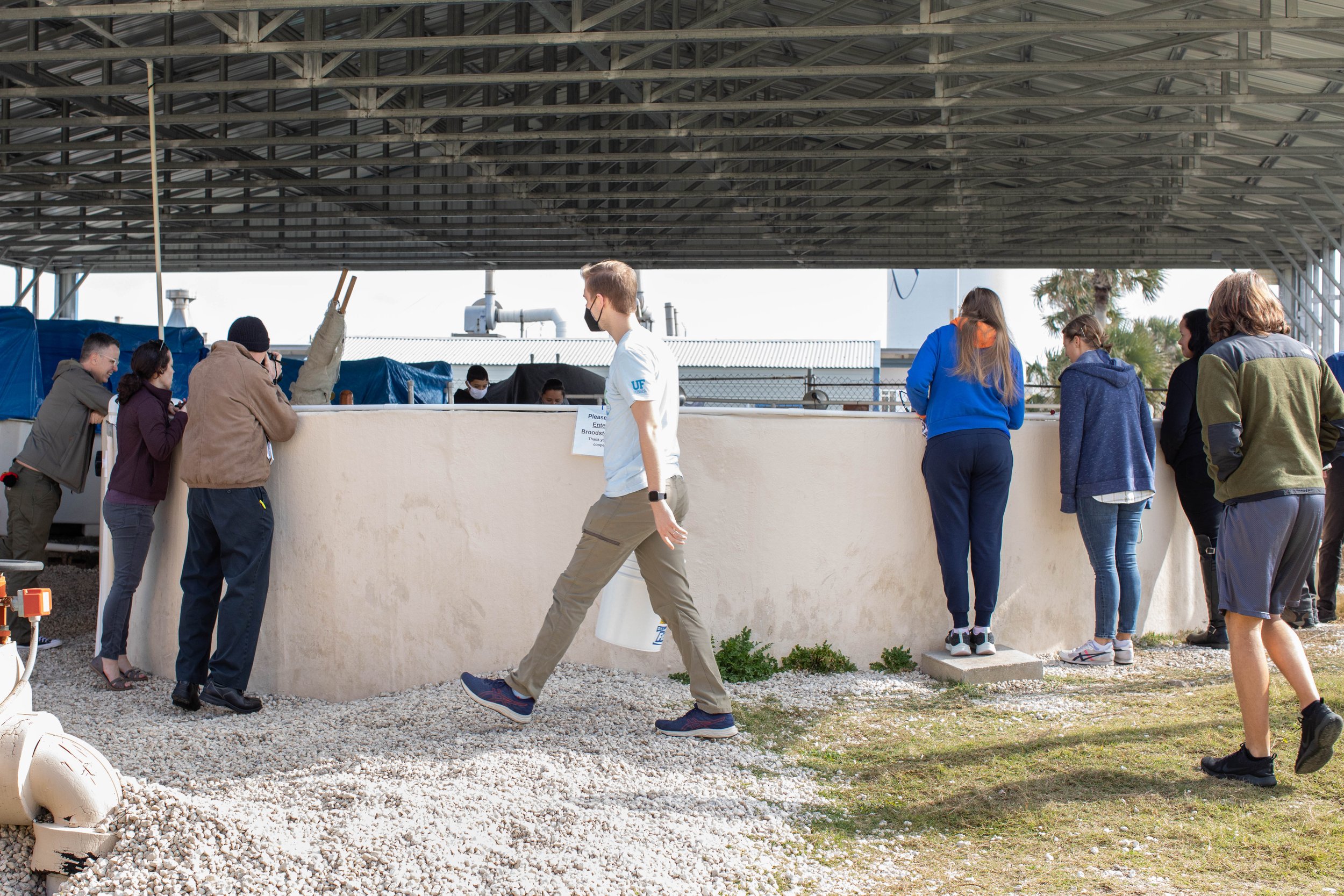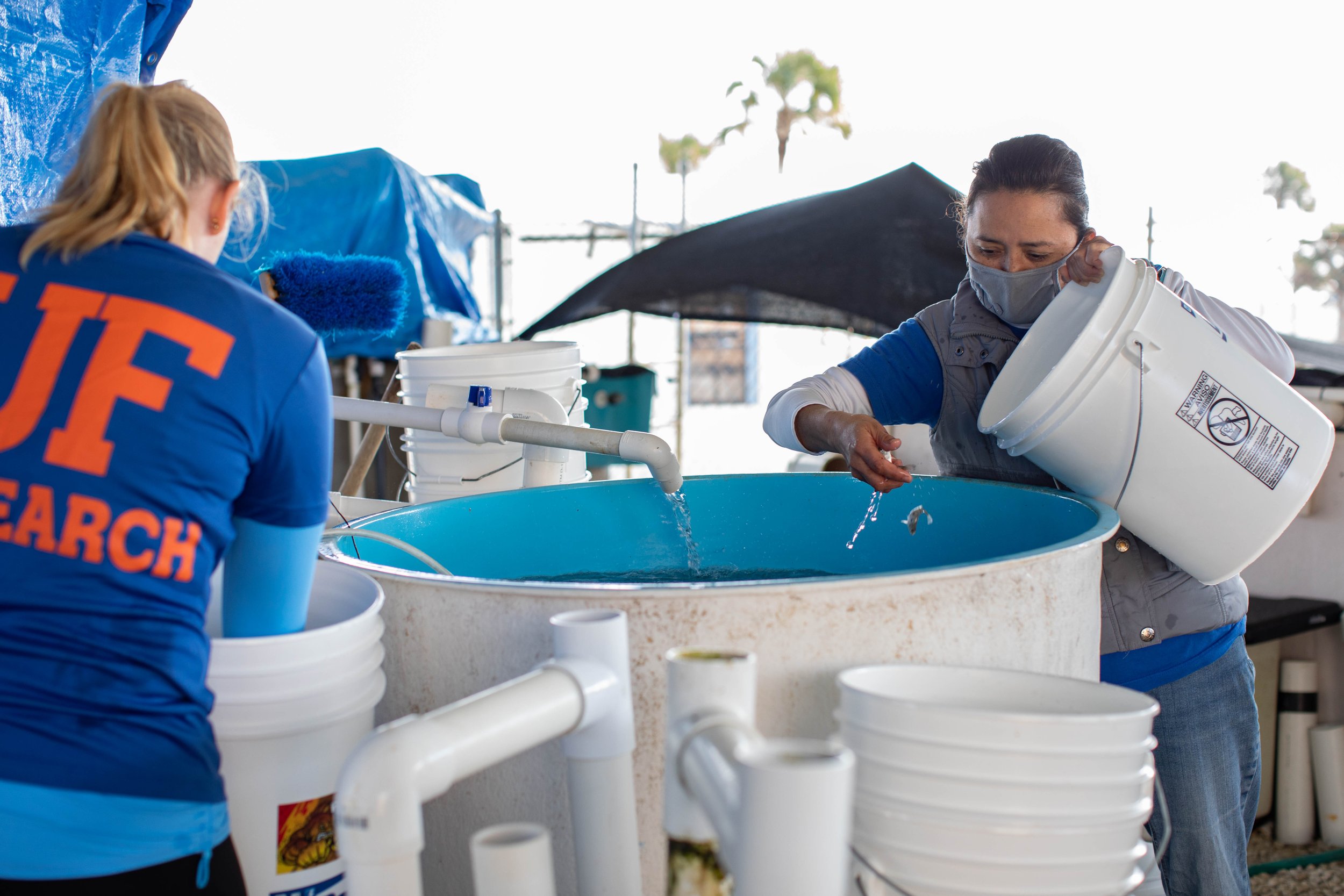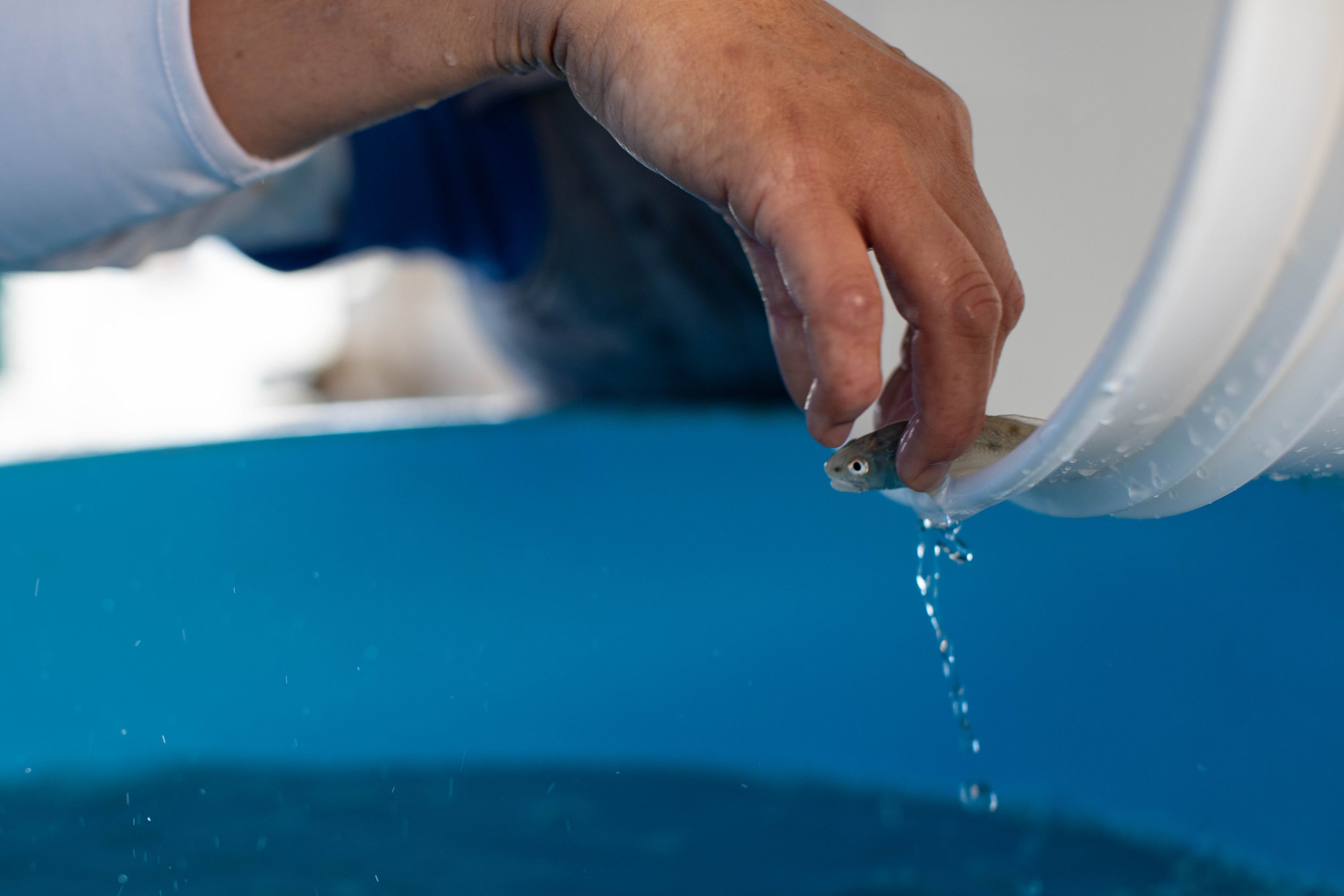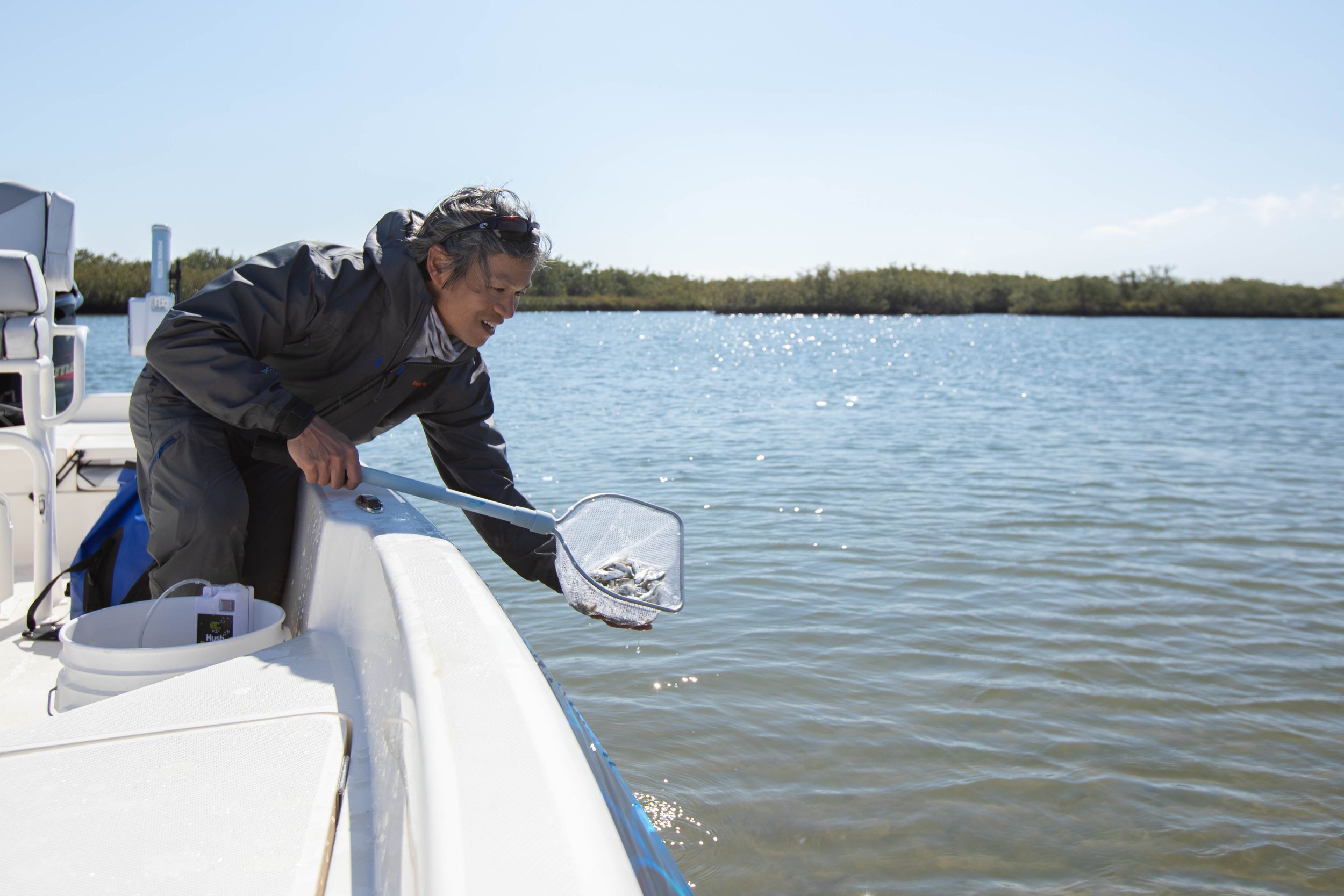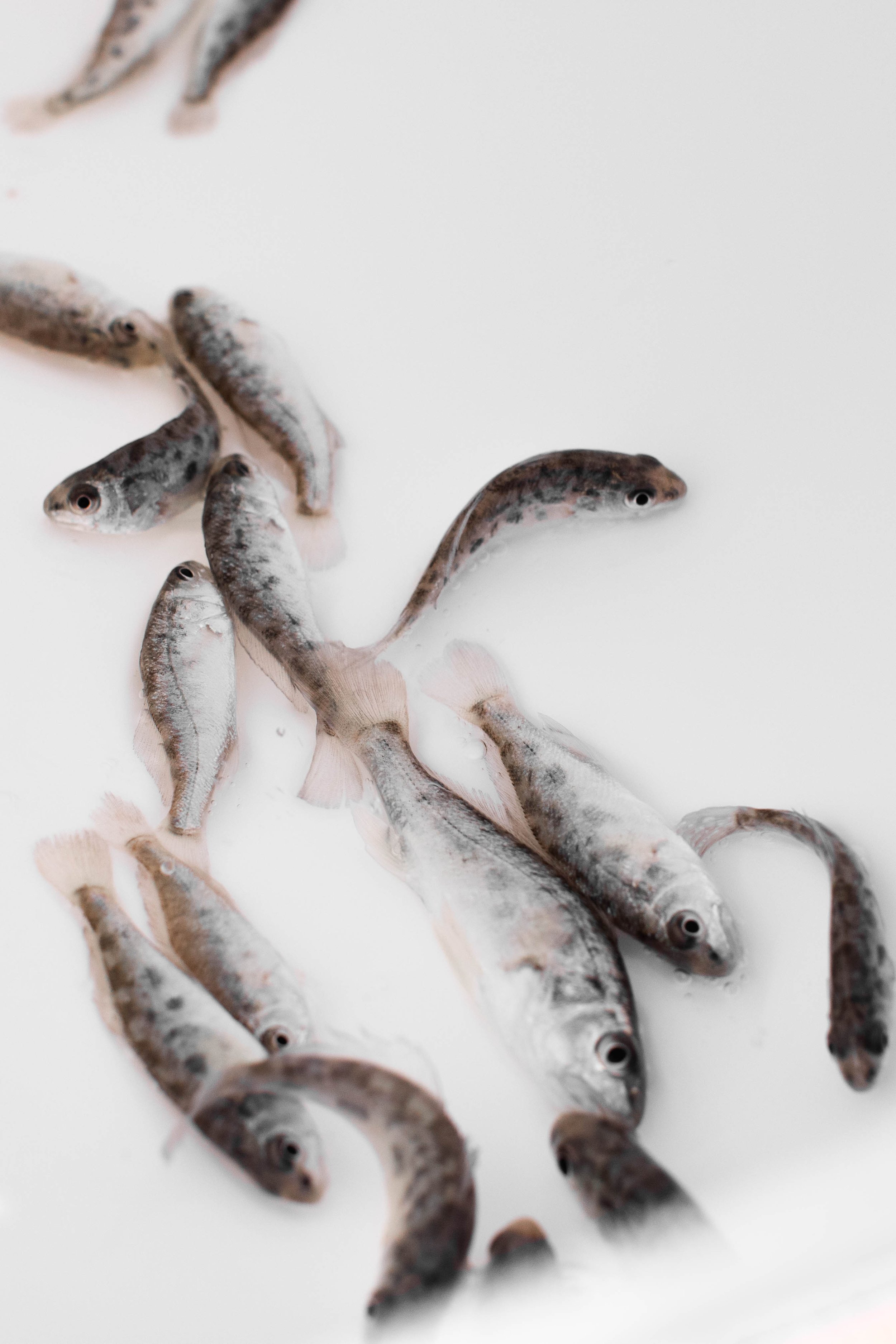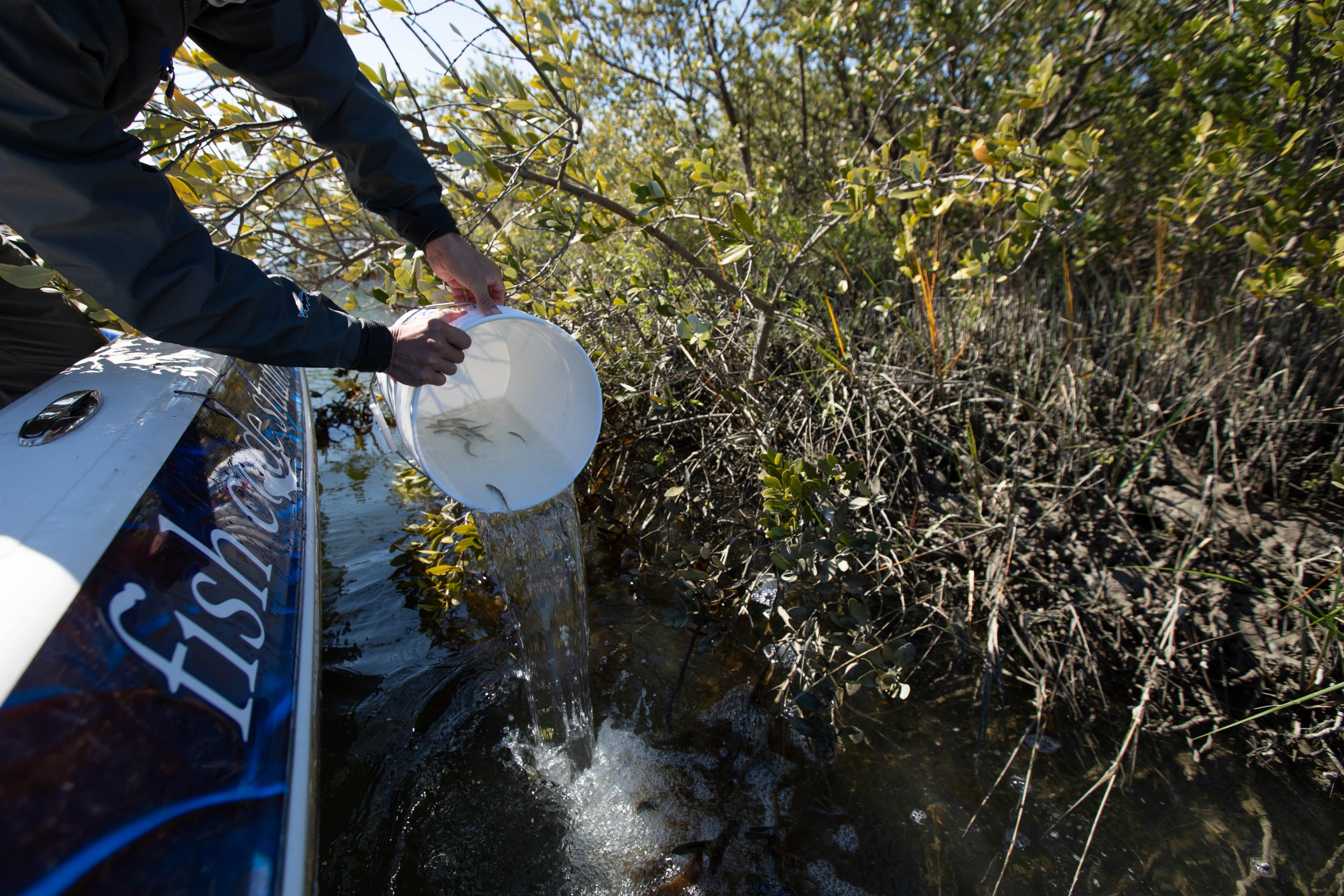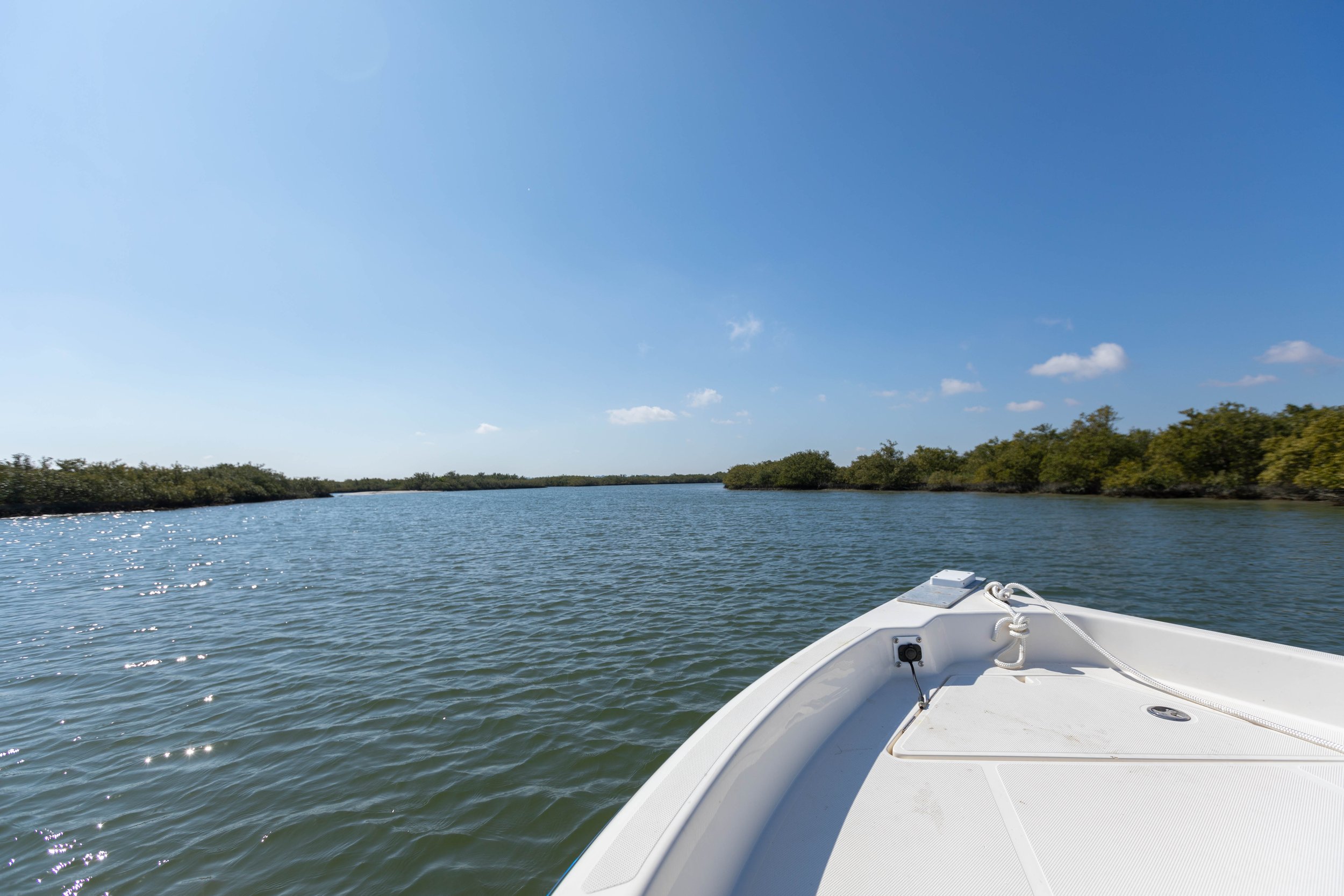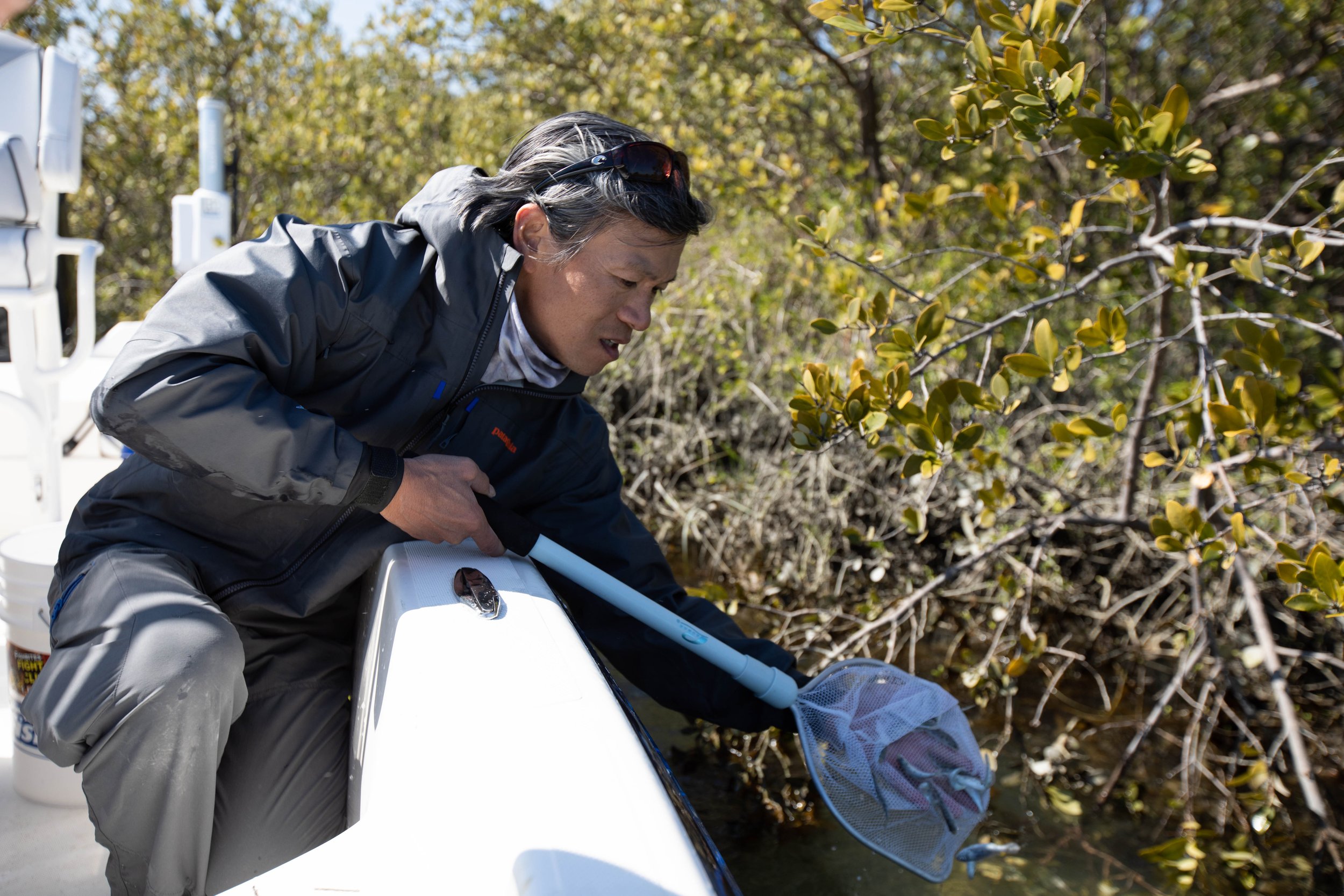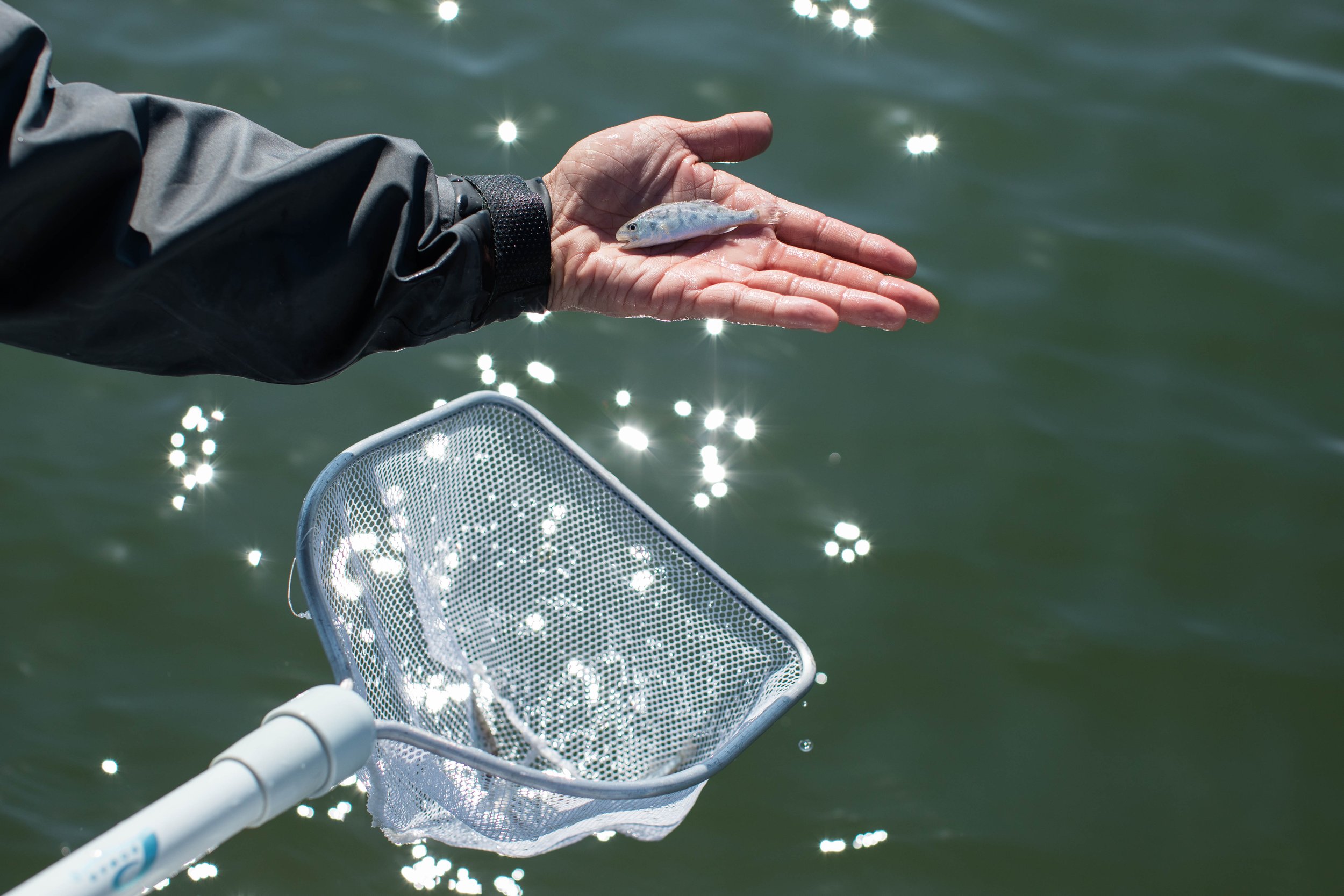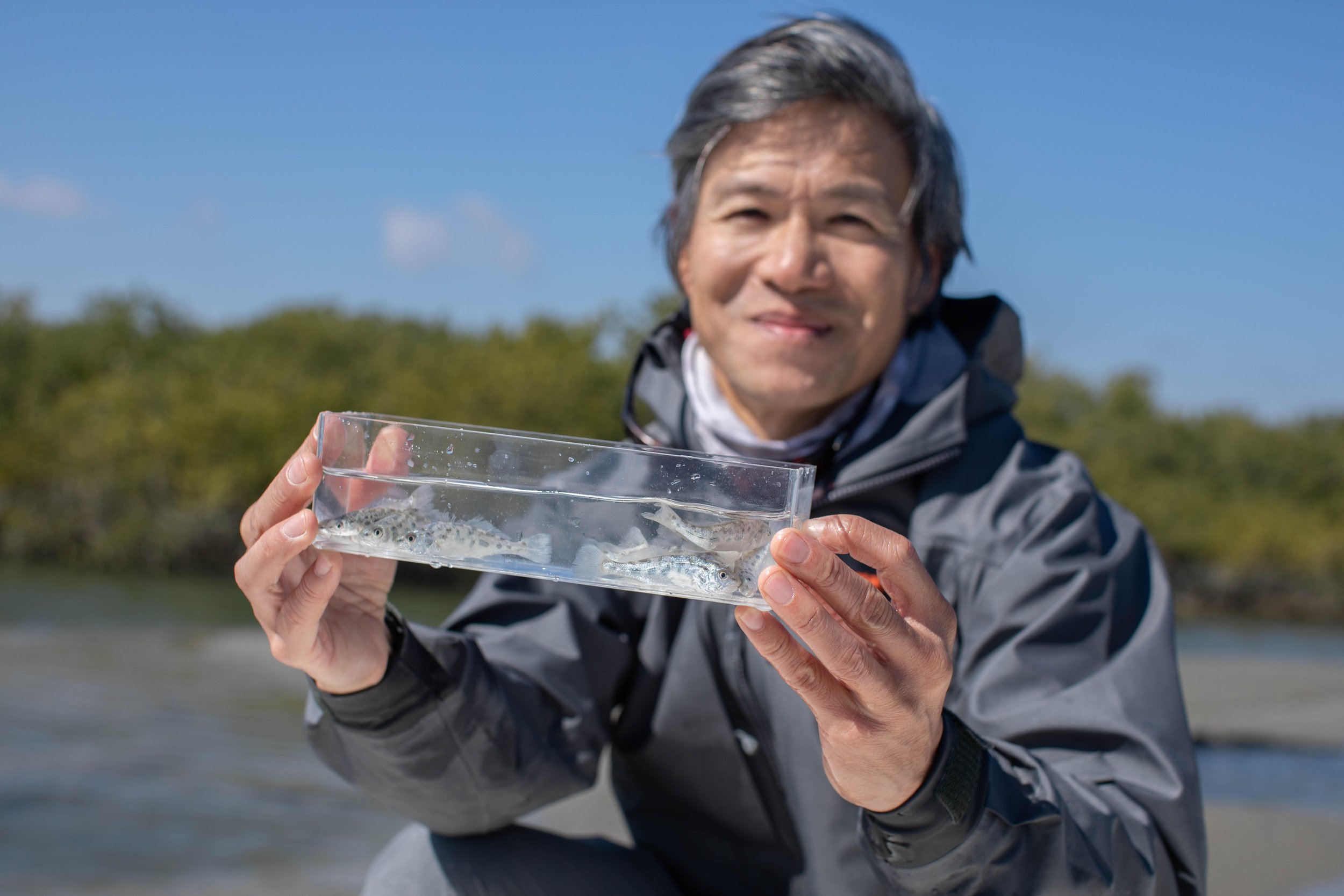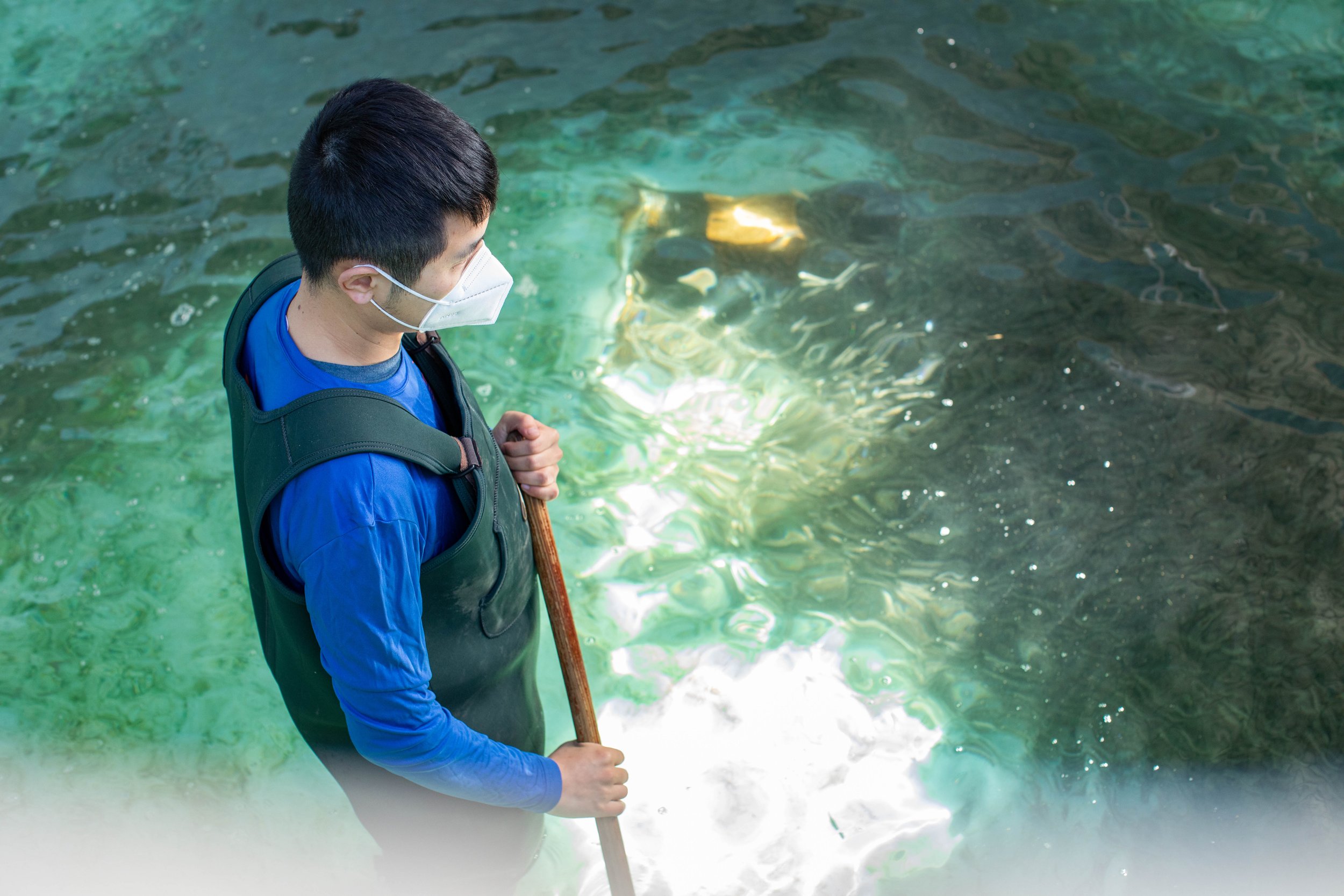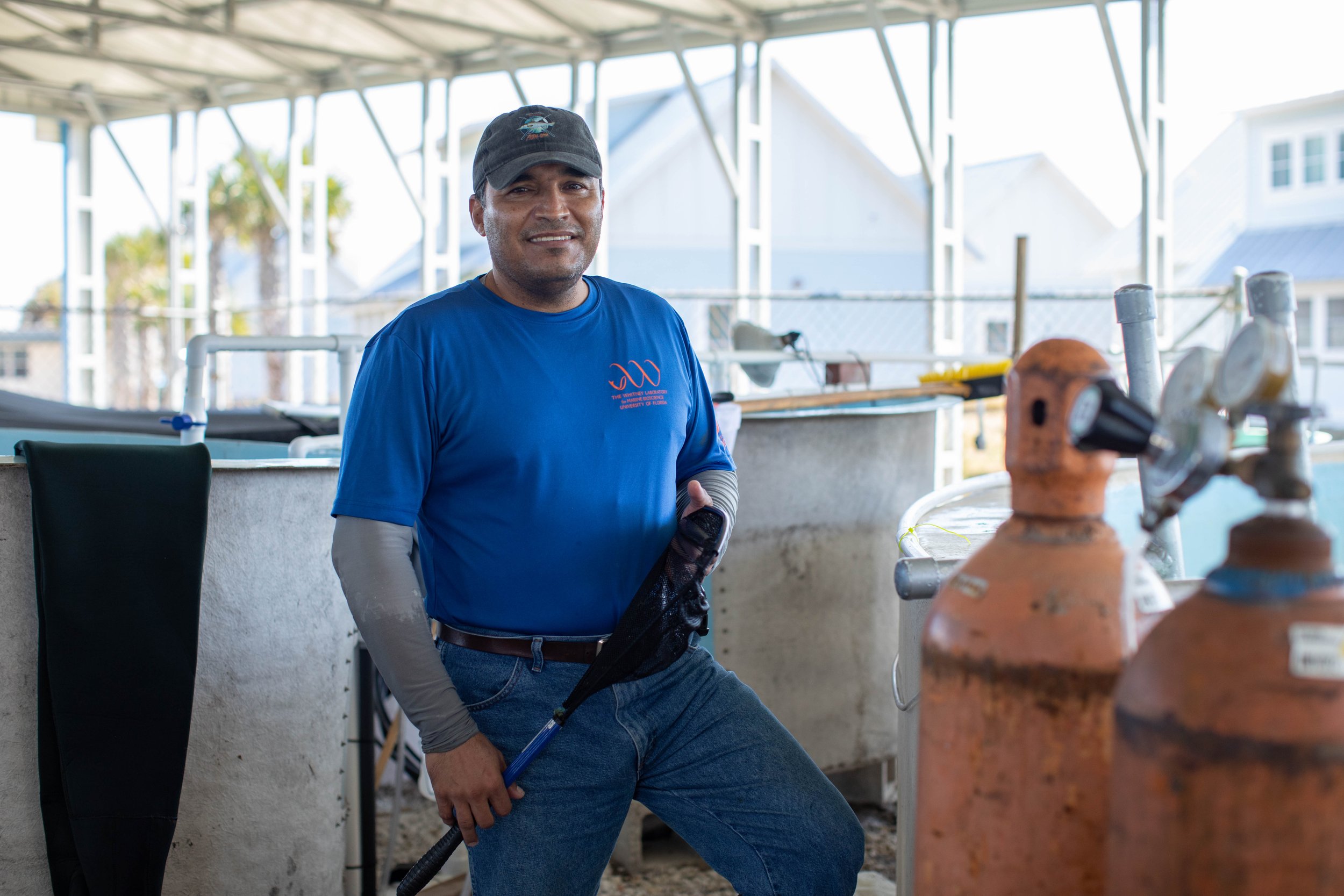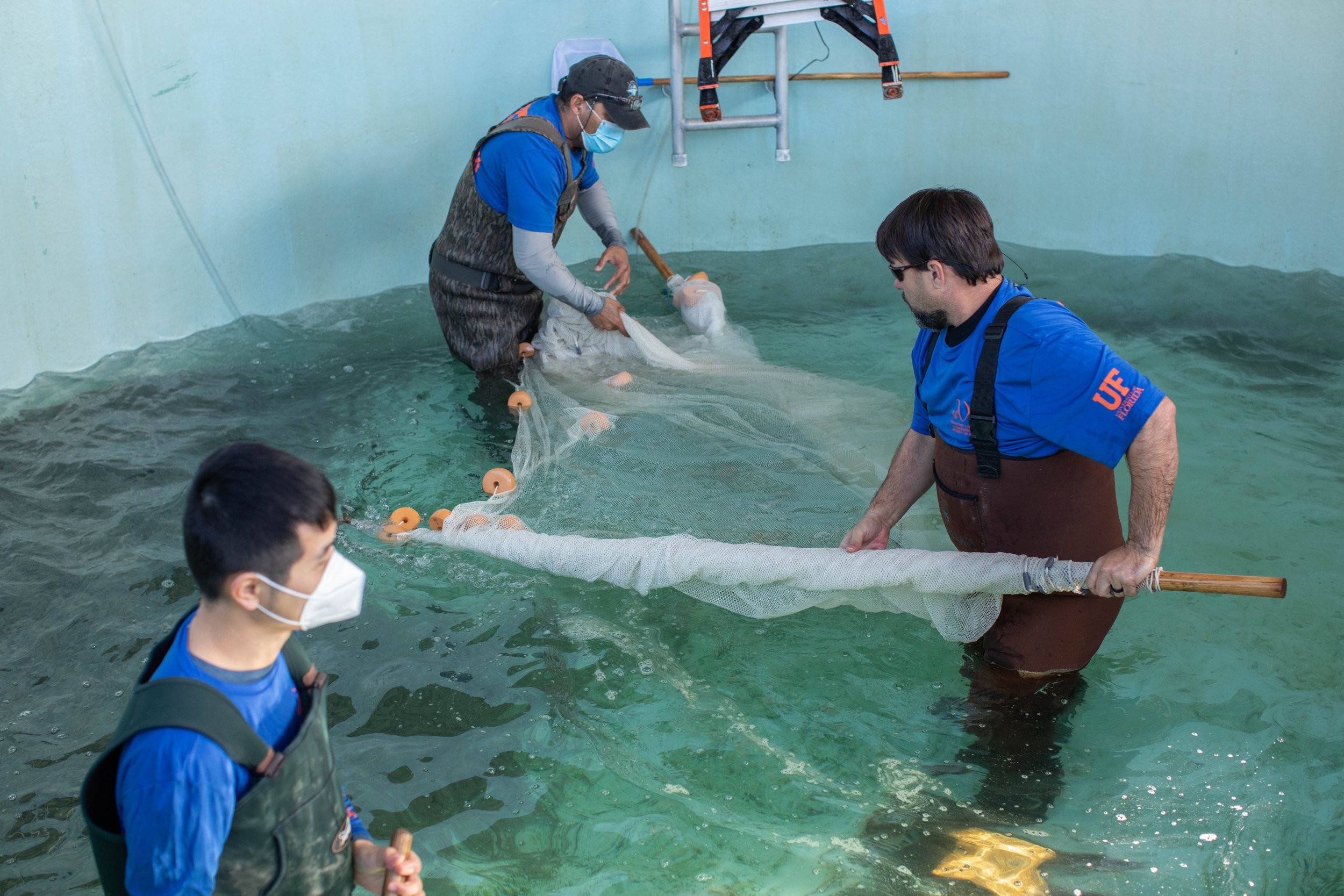Conservation
I am a science communicator and multimedia storyteller endlessly interested in exploring the world around us. My deep rooted connection to all living beings is a constant theme in my work and the questions I ask about our world. I began pursuing environmental science in university, but became a photographer/videographer after realizing how impactful the visual medium could be to spark change. Now, I have over a decade of professional experience working with non-profits, scientists, educators, and do-gooders.
Education: Master’s degree in Wildlife Forensics and Conservation from the University of Florida College of Agriculture and Life Science
My focus areas are:
Human + animal relationships
The exotic pet trade in the US
Protecting Florida’s wild spaces
Climate change + climate justice
Are you a scientist, conservationist, educator, activist, non-profit, or someone with a story to tell? Let’s connect!
Humans x Animals
The Redlands
Pet overpopulation is a world-wide issue.
The plight of homeless animals in South Florida is a serious problem. Redland, FL is an unincorporated area in Miami-Dade County where community members and rescue organizations have come together to feed and re-home stray dogs left to fend for themselves. They are educating people, and building a better Miami.
Paynes Praire
A true wild Florida experience, Paynes Prairie Preserve State Park spans 21,000 acres in Alachua County offering tourists the chance to see thousands of plant and animal species close up in their natural environments.
C.A.R.E
The exotic pet trade (both legal and illegal) is more prevalent here in Florida than in most other states.
Christin Burford of the CARE Foundation provides, “non-domestic, non-releasable animals with a safe and permanent home…” and also networks “with other like-minded wildlife facilities to help place and care for exotic animals in need of a home.”
Climate Change
Sea Level Rise -
Have you ever walked along the shore and seen oysters growing on man-made globe style structures? If so, you have likely seen reef balls which are part of a living shoreline.
A living shoreline is made of natural materials such as native plants, restored habitats, oyster reefs, rocks, sand, etc and they work with the natural environment unlike a concrete seawall. The goal is to bolster existing habitats and lay out oyster reef prisms in an effort to combat erosion. As the habitat grows, roots from the plants will strengthen the surroundings and the reef prisms disrupt the flow of the waves before they reach the habitat.
This technique is a preventative measure that is being adopted across Florida. It has proven to be a cost effective alternative to sea walls and has also improved coastal habitats and water quality.
Whitney Lab Redfish Release
The Whitney Lab headed up an effort to increase Red Drum populations in local Florida waters. 100,000+ Red Drum (commonly known as Redfish) to be exact.
Wild and locally breeding Red Drum broodstock were collected by Dr. James Lia and as part of his tagging program and Dr. Leonardo Ibarra-Castro naturally spawned the broodstock at Whitney Lab’s facilities where he collected 100,000 eggs which he and his lab raised until they were 110 days old. At this point, they were ready for release.
There were many differing opinions due to concerns about the health of the waterways and potential for releasing diseases into natural systems, as well as if the fish would survive the transport and release.

